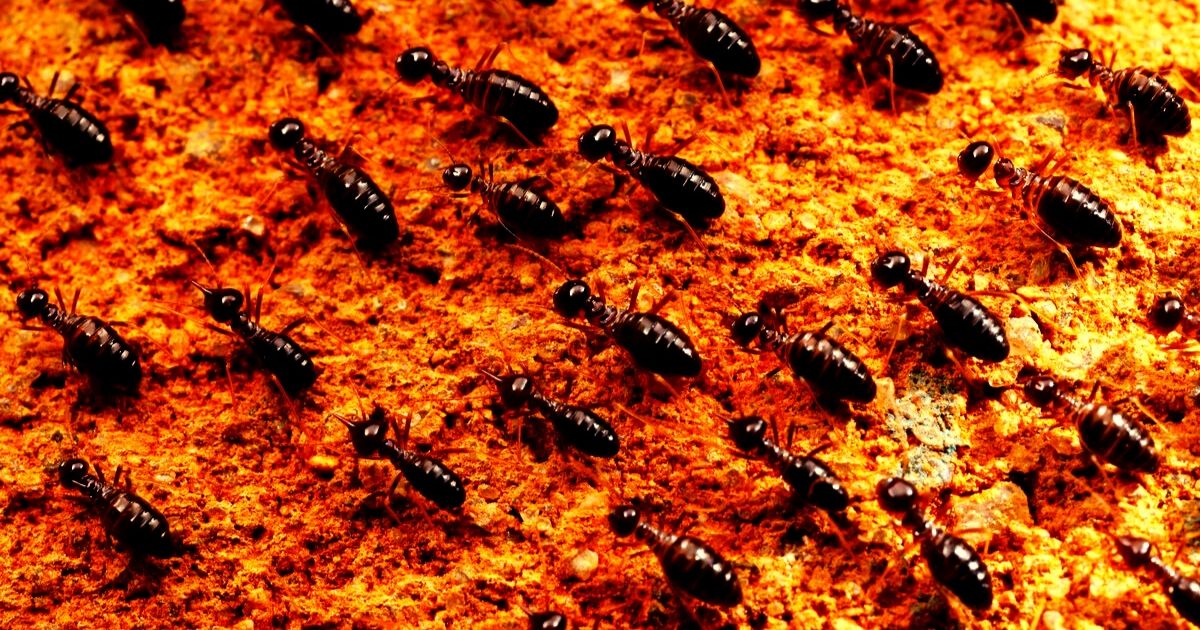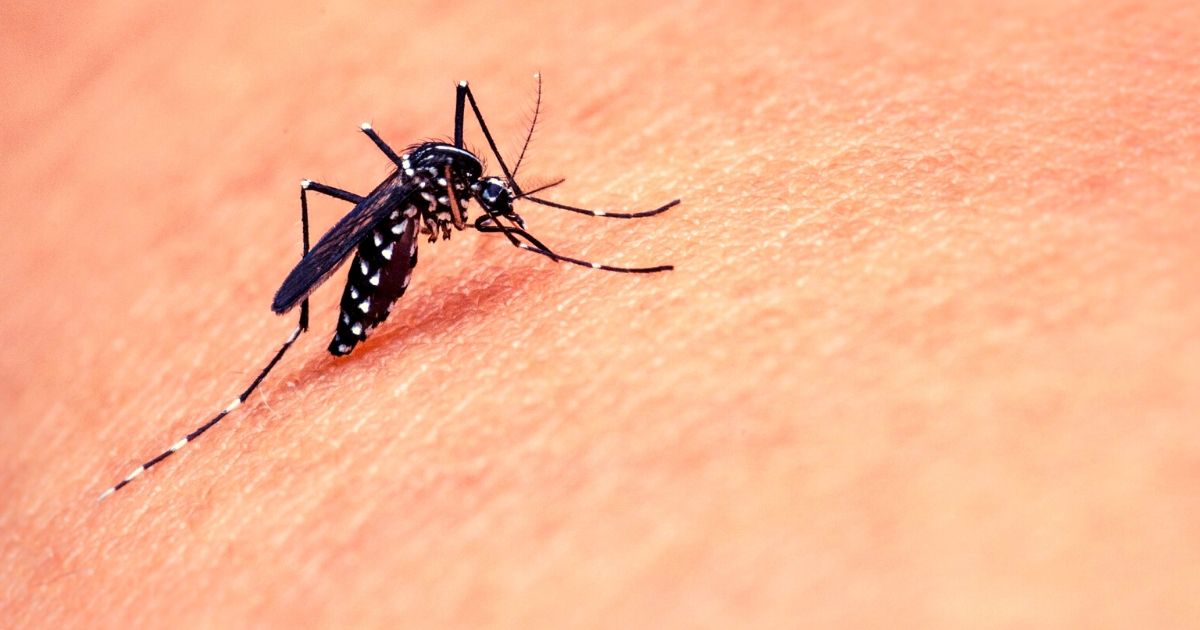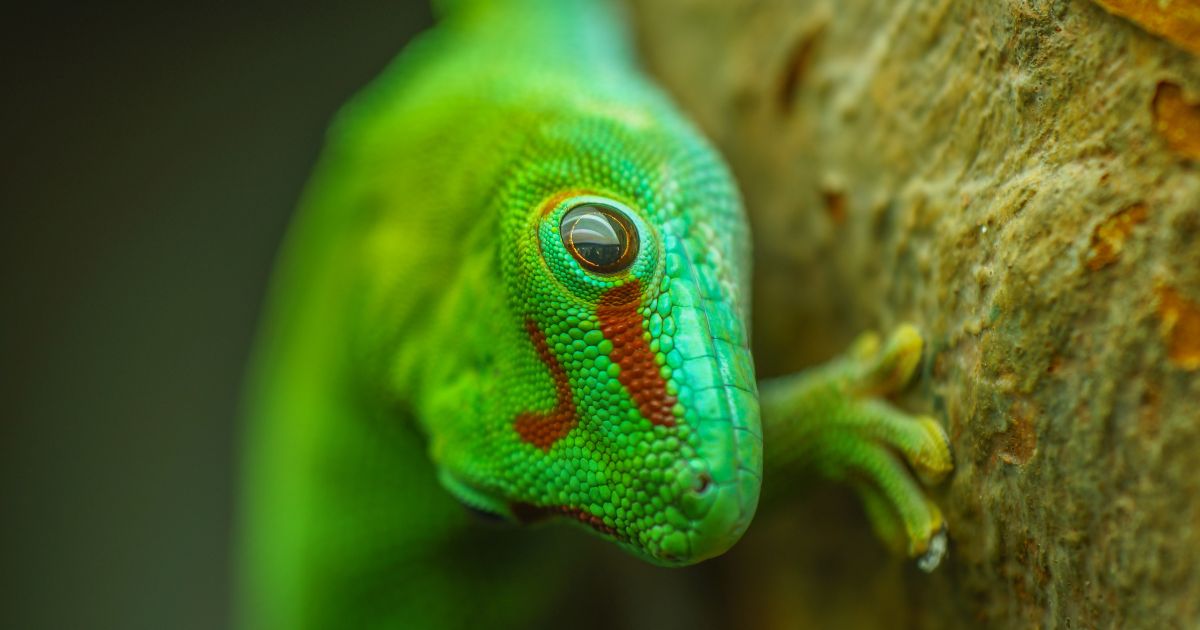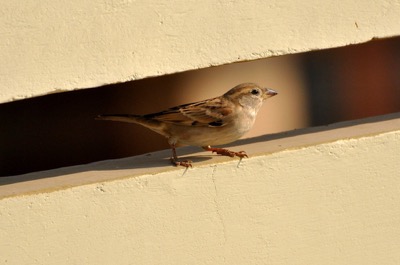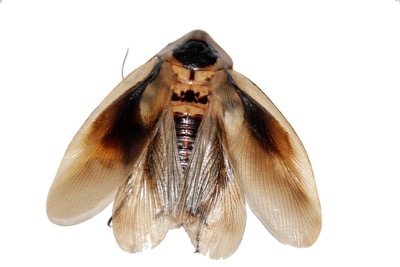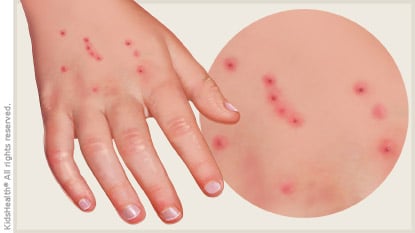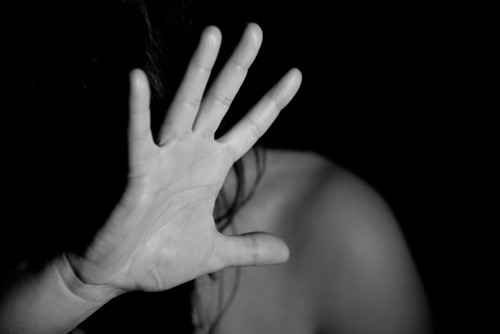Your Complete Guide to Bed Bug Repellents in Singapore: Natural and Effective Solutions
Bed Bugs

Singapore’s dense population and warm climate make its residents a prime target for bed bug infestations. And don’t let the myths fool you: bed bugs live in clean as well as dirty homes, and anyone can encounter them while traveling or through secondhand furniture. While removing bed bugs completely may require professional help, using bed bug repellents is an excellent way to prevent infestations and maintain a bug-free environment at your home.
Understanding Bed Bug Repellents
Bed bug repellents are essential tools for preventing bed bug bites and infestations. These products can kill them on contact or create a barrier that deters bed bugs from biting or hiding in the area. Bed bug repellents can be natural, chemical, or electronic, each with their unique benefits, levels of effectiveness and applications.
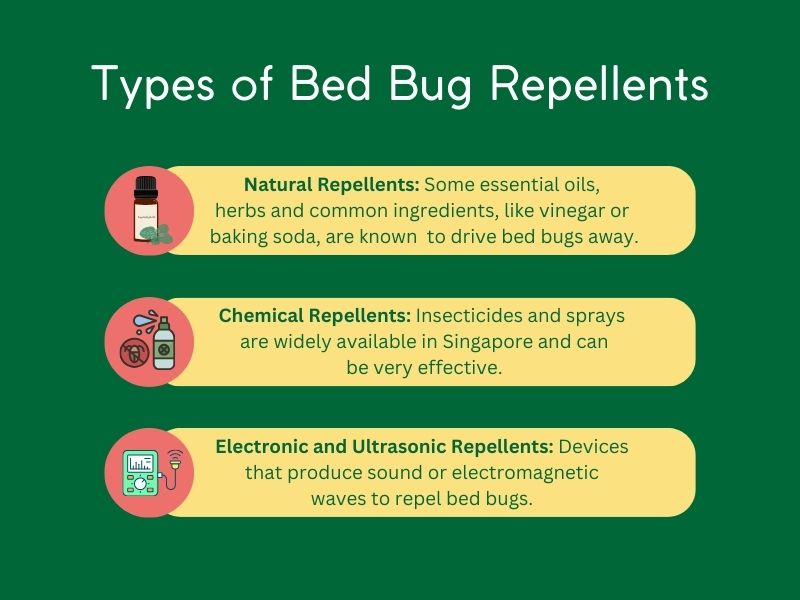
Natural Bed Bug Repellents
For those who prefer eco-friendly solutions, natural bed bug repellents offer an effective alternative to chemical products. These repellents are not only safer for humans and pets but also environmentally friendly.
- Essential Oils: Some essential oils are known for their repellent properties. Try applying lemongrass, lavender, tea tree, or peppermint oil on target areas like mattresses, bed frames, and furniture crevices to drive bed bugs away.
- Herbal Remedies: Several herbs and plants can naturally repel bed bugs. Dried or crushed neem or eucalyptus leaves, rosemary, or cloves can be sprinkled around potential hiding spots to deter bed bugs.
- DIY Repellent Recipes: Homemade bed bug repellents are easy to prepare and use common ingredients found in Singapore. Some of the options include:
- Vinegar spray: Mix equal parts vinegar and water in a spray bottle and apply on infested areas.
- Baking Soda: Sprinkle baking soda around the bed and other infested areas.
Chemical Bed Bug Repellents
Chemical repellents, like insecticides and sprays, are widely available in the Singapore market. These products can be very effective, but prioritizing safety is crucial due to their potential health risks. Some things to keep in mind before using chemical bed bug repellents include:
- Effectiveness: Chemical repellents can be highly effective, but repeated use might be necessary.
- Safety Considerations: Always follow label instructions and ensure good ventilation during application process. Keep these products away from children and pets. Wear protective gear when applying.
- Usage Instructions: Chemical repellents often target specific areas like mattresses and furniture. Ensure thorough application and reapply as directed.
Want to find out more about bed bugs removal in Singapore?
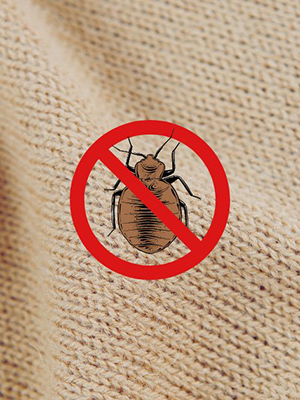
Electronic and Ultrasonic Repellents
Electronic and ultrasonic repellents produce sound or electromagnetic waves to repel bed bugs. While these devices are easy to use, their effectiveness can be debated:
- Easy to use and require minimal maintenance.
- Non-toxic and safe for humans and pets.
- Mixed reviews on their long-term efficacy.
- Might not be suitable for all environments and may not address severe infestations.
Electronic repellents are best used as a preventive measure or combined with other bed bug control methods.
Tips for Using Bed Bug Repellents Effectively
To achieve the best results, follow these tips on applying and using bed bug repellents correctly:
- Consistency is Key: Regularly apply repellents as per the instructions, especially after traveling or staying in hotels.
- Target the Right Spots: Ensure all potential hiding spots are treated. Focus on mattresses, box springs, bed frames, furniture crevices, and baseboards.
- Cleanliness: Maintain a clean environment by vacuuming regularly and washing bedding in hot water.
- Combine Strategies: For optimal results, consider using a combination of natural and chemical repellents or repellents with other preventative measures like encasing mattresses and regular vacuuming.

Pest Problem? Let Us Help.
We offer fast and effective precision treatments to eliminate pests while ensuring a safe environment for your home or business.
Professional Bed Bug Removal
For severe infestations or when DIY methods fail, professional pest control services can be the most effective way to deal with bed bugs. Pest control companies in Singapore typically use a combination of methods to ensure complete eradication of bed bugs:
- Heat and Steam Treatment: Raising the temperature in infested areas or using high-temperature steam to kill the bed bugs.
- Chemical Treatment: Applying insecticides to target bed bugs at all life stages.
Hiring a professional pest control service ensures a thorough approach to bed bug eradication, providing long-term protection and strategies to prevent future infestations.
Pro Tip: When hiring professional pest control services, ensure the company is certified, uses eco-friendly methods, and offers a comprehensive treatment plan.
Choose Bed Bug Repellents Wisely
By understanding the different types of bed bug repellents available, you can choose the most suitable option for your needs. Consider your preferences and how it affects the environment before you decide.
Whether you prefer natural ingredients, targeted chemical solutions, or a technological approach, remember that prevention is key. With consistent application and the right combination of strategies, you can create a peaceful and bed bug-free environment in your home.
Author: Soleha Nisaa
Frequently Asked Questions
Essential oils such as lemongrass, tea tree, lavender, and peppermint are known to repel bed bugs due to their strong scents.
Regularly inspect your home for signs of bed bugs. Using bed bug repellents on your bedding, maintaining cleanliness, and encasing your mattress can also help prevent bites.
While some repellents deter bed bugs, only insecticides can kill them. Consider professional pest control for severe infestations.
Regularly wash bedding in hot water, use mattress encasements, and apply repellents to keep bed bugs away.
It is possible to eliminate bed bugs with the right approach. Early detection, thorough treatment and preventive measures can effectively eliminate bed bugs.
Related Posts
Ultimate Guide: What Kills Bed Bugs Instantly in Singapore?
Bed Bugs
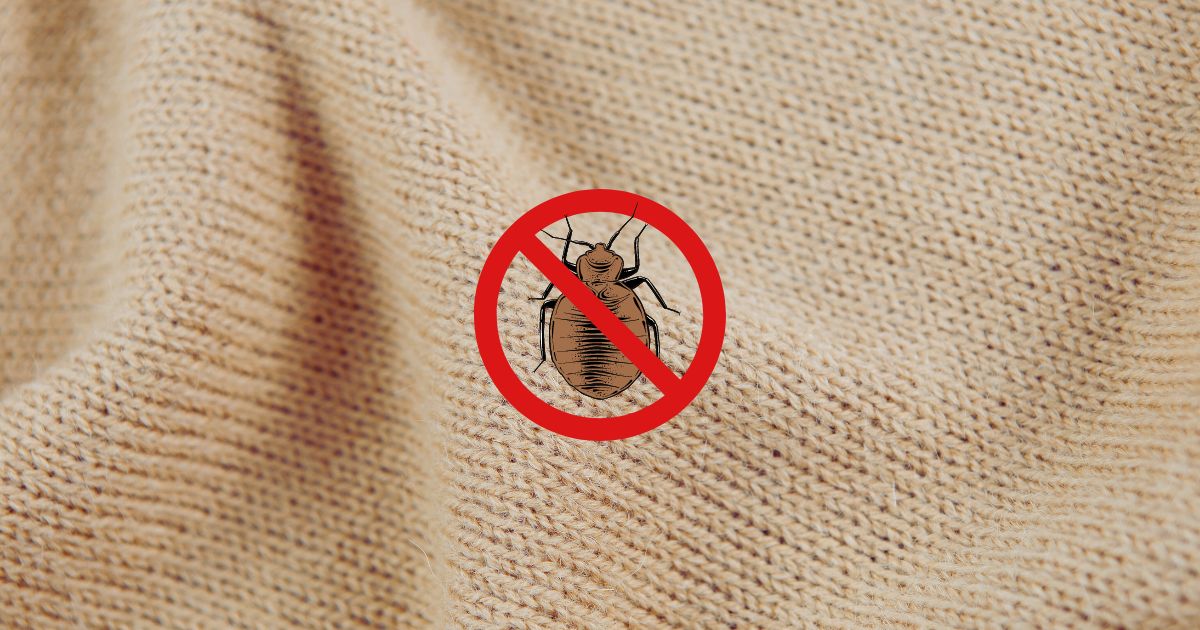
Bed bugs are found all over the world and considered as major concern for many households in Singapore. There has been a significant increase in the number of bed bug infestations reported from homes, resorts, hotels, apartments, buses, and cruise ships. Their presence can lead to discomfort, health issues, and even psychological stress.
Removing bed bugs quickly is important to prevent severe infestations and to maintain a comfortable living environment. While there are many DIY methods to remove bed bugs, it’s essential to distinguish between myths and genuinely effective solutions. Understanding what kills bed bugs instantly can help in planning effective treatments.
Understanding Bed Bug Infestations
The warm climate of Singapore provides an ideal environment for bed bugs to thrive. These small insects feed on human blood, and their lifecycle consists of eggs, nymphs, and adults. Adult bed bugs can live up to a year without feeding, making them quite resilient. Bed bugs are active at night and are challenging to eradicate due to their ability to hide in small cracks and their resistance to many common treatments.
It is important to not leave bed bug infestations untreated as they pose health risks. People who have reactions are generally reacting to the insect’s saliva and cause itching sensation, burning feeling, swelling, red marks including allergic reactions to bites and secondary infections from scratching. Additionally, bed bug infestations can lead to significant property damage, as they often hide in furniture, mattresses, side tables and other household items.
Instant Bed Bug Killing Methods
To effectively kill bed bugs instantly, there’s a variety of methods and products available. Here are some of the most effective options available in Singapore:
1) Insecticide Residual Treatments
Insecticide treatments are among the most common methods for killing bed bugs. In Singapore, several insecticides are recommended for begbug elimination. :
- Pyrethroids and Pyrethrins: These are synthetic and natural chemicals that are highly effective against bed bugs. Products containing these chemicals are widely available.
- Neonicotinoids: These insecticides act on the nervous system of bed bugs, providing a high kill rate.
When using chemical treatments, it is crucial to follow safety guidelines to avoid the potential health risks to humans and pets.
2) Natural Remedies
For those seeking eco-friendly options, several natural remedies that potentially reduce bed bug infestation:
- Alcohol: Alcohol can kill bed bugs on contact but must be used with caution due to its flammability. It also evaporates quickly and does not kill eggs, requiring direct contact to be effective. Fill a spray bottle with rubbing alcohol and spray it on the suspected areas.
- Vinegar: Vinegar can be used as a temporary solution to kill bed bugs on contact. Just put it in a spray bottle and apply to the bed bugs’ hiding places.
Want to find out more about bed bugs removal in Singapore?
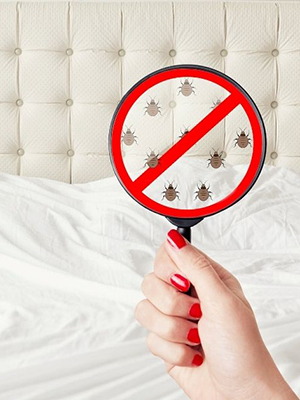
DIY vs. Professional Services
When dealing with bed bugs, both DIY methods and professional services have their pros and cons:
DIY Bed Bug Removal Methods
Pros:
- Cost-effective
- Immediate availability of treatments
Cons:
- Often less effective for severe infestations
- Requires significant effort and time
- Potential safety risks if chemicals are not used correctly
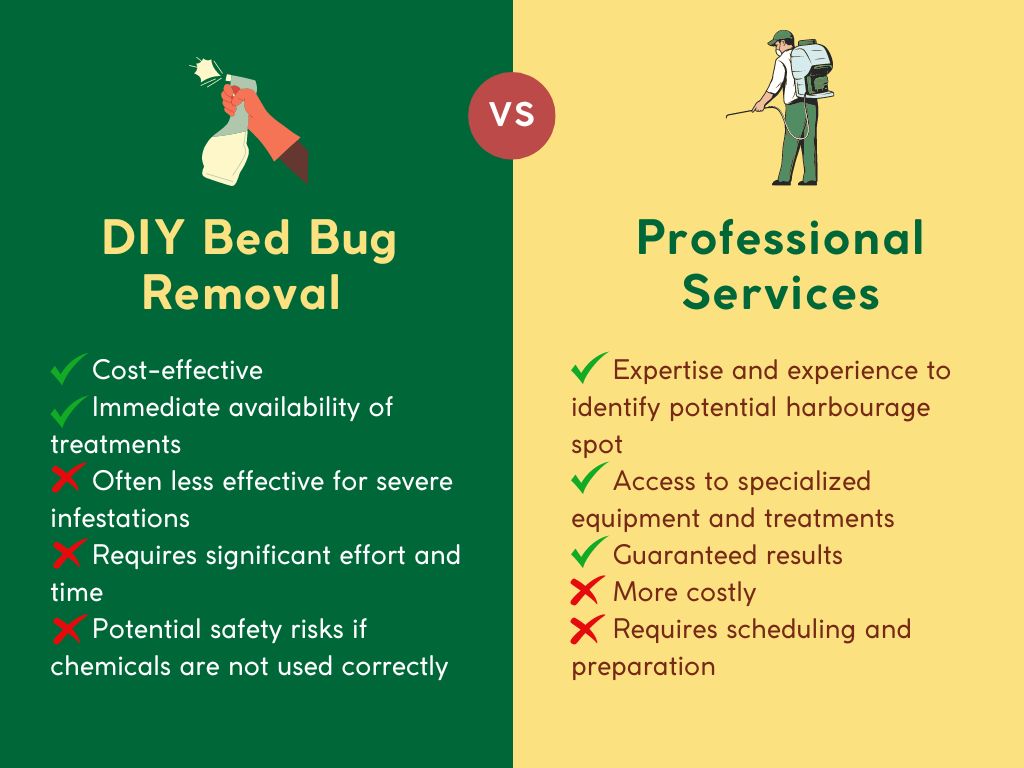
Professional Services
Pros:
- Expertise and experience to identify potential harbourage spot
- Access to specialized equipment and treatments
- Guaranteed results
Cons:
- More costly
- Requires scheduling and preparation
When using DIY methods doesn’t help to eliminate bed bugs, it’s probably best to consider professional extermination. It’s the most effective and fast way to get back control over your home and kill bed bugs instantly.
Pro Tip: Combining bed bug removal methods with long-term prevention strategies can help to ensure a bed bug-free environment.
Prevention and Long-Term Control
Preventing future bed bug infestations is essential for maintaining a comfortable living environment. Here are some proactive tips:
- Regular Inspections: Regularly check mattresses, bedframe, plugpoint, furniture, and other potential hiding spots for signs of bed bugs. Furniture and mattresses, especially the second-hand ones, should be inspected before bringing them into the house.
- Maintain Cleanliness: Keep your home clean and clutter-free to reduce hiding places for bed bugs.
Long-term control strategies include continuous monitoring and periodic professional inspections to ensure that any potential infestations are caught early.

Pest Problem? Let Us Help.
We offer fast and effective precision treatments to eliminate pests while ensuring a safe environment for your home or business.
Effective Bed Bug Elimination in Singapore
Eliminating bed bugs quickly and effectively is essential to prevent discomfort, health risks, and property damage. While there are several DIY methods available, professional services offer the most reliable results.
By combining immediate elimination methods with long-term prevention strategies, you can ensure a bed bug-free home in Singapore. For more detailed information and personalized assistance, consider exploring further resources or contacting local pest control experts.
Author: Soleha Nisaa
Frequently Asked Questions
Professional pesticides are the most effective methods for permanent bed bugs elimination
Bed bugs are unlikely to go away on their own. Prioritizing quick action and effective treatment is necessary to prevent any infestation.
Insecticides labeled for bed bug treatment, such as those containing pyrethroids, can be sprayed on mattresses.
Bed bugs can be lured out of their hiding places using heat, carbon dioxide, or special traps. Heat creates an environment that bed bugs find uncomfortable, forcing them to move. Carbon dioxide traps mimic the presence of a human host, attracting bed bugs by releasing CO2 and warmth. Additionally, some commercial traps are designed with pheromones or other attractants that lure bed bugs out of their hiding spots.
DIY methods might effective for small infestations, but professional help is recommended to prevent further infestation.
Vinegar can kill bed bugs on contact, but it is not effective for eliminating an entire infestation.
Bed bugs are often spread through travel and secondhand furniture. They can easily hitchhike on luggage, clothing, and personal belongings, making hotels, airports, and public transportation common places for bed bug transmission. It is advisable to check your luggage or before bringing them into the home.
Thorough cleaning, vacuuming, and using bed bug sprays can help disinfect a room. For a more comprehensive approach, pest control services can provide advise and treatment to prevent bedbug infestation.
Yes, with the right treatment methods, it is possible to completely eliminate bed bugs.
Bed bugs are attracted to warmth and carbon dioxide, not cleanliness. They can infest both clean and dirty environments.
Related Posts
Bed Bugs in the Kitchen: Understanding, Preventing, and Treating Infestations in Singapore
Bed Bugs
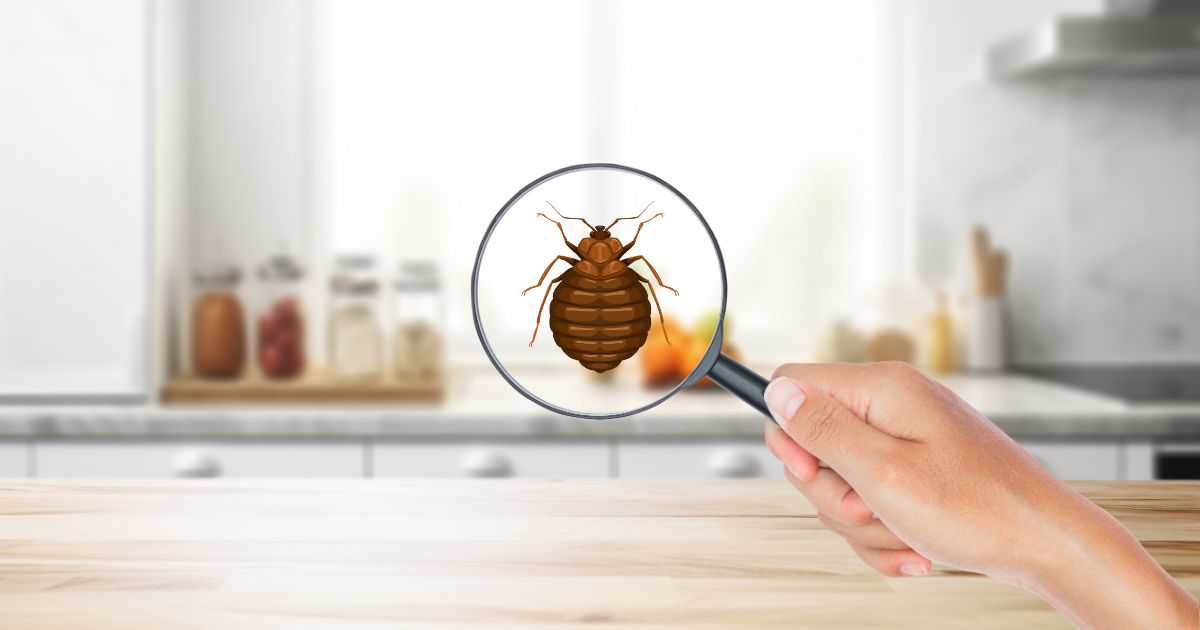
Bed bugs, typically associated with bedrooms, can pose significant challenges and risks when they infest kitchens. The presence of bed bugs in kitchens not only raises concerns about food contamination but also associated health risks. Early detection, preventative measures, and prompt action are crucial in managing bed bugs in your kitchen.
Understanding Bed Bugs in Kitchen Settings
Usually bed bugs stick to certain rooms in your home, specifically bedrooms. However, if the right conditions are present, bed bugs can be found in other rooms, including kitchens. They can enter kitchens through infested food packaging, appliances, and even through tiny cracks in walls and floors. Bed bugs easily get attached to items moved from one place to another, making kitchens vulnerable especially if connected to other infested areas.
While they do not transmit diseases, bed bug bites can cause itching, and they pose specific health hazards. Their bites can cause allergic reactions and secondary infections from scratching. Moreover, the presence of bed bugs in the kitchen can compromise food safety, as they may contaminate food sources and surfaces with their shed skins, fecal matter, and potentially harmful bacteria.
Signs and Detection of Bed Bugs in the Kitchen
Common signs of bed bugs in the kitchen include:
- Visible Bugs: Even though they are small, adult bed bugs can sometimes be seen with the naked eye.
- Shed Skins: As bed bugs grow, they shed their skins, leaving behind evidence of their presence.
- Fecal Stains: Small, dark spots on surfaces can indicate bed bug droppings.
- Musty Odors: A distinctive, musty odor may be noticeable in heavily infested areas.
It is important to conduct thorough inspections of potential hotspots and hiding places, such as behind kitchen appliances, inside cabinets, and in cracks and crevices. Regularly checking these areas can help in early detection and prevention of bed bug infestations.
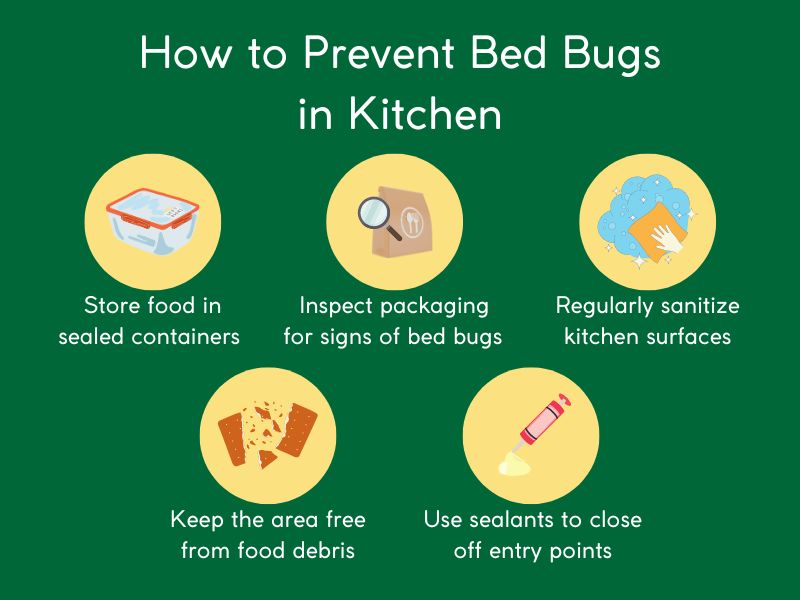
Prevention Strategies for Kitchen Bed Bugs
Keeping kitchens free from bed bugs involves several proactive measures:
- Storage Practices: Store food items in sealed containers and inspect packaging for signs of bed bugs before bringing them into your kitchen.
- Maintain Cleanliness: Regularly sanitize kitchen surfaces, reduce clutter, and keep the area free from food debris that can attract bed bugs.
- Sealant Application: Use sealants to close off cracks, crevices, and other potential entry points to prevent bed bugs from accessing the kitchen.
Want to find out more about bed bugs removal in Singapore?

Treatment and Management Options
If you find bed bugs in your kitchen, there are several effective treatment options and management strategies you can try:
- Vacuuming: Use a vacuum cleaner to thoroughly clean cracks, crevices, and other hiding spots. Dispose of the vacuum bag or contents immediately in a sealed plastic bag to prevent re-infestation.
- Steam Cleaning: Use a steam cleaner to treat infested areas, as the high heat kills bed bugs and their eggs. Be cautious with steam near electrical outlets and appliances to avoid damage.
- Using Bed Bug Sprays or Powders: Carefully apply indoor bed bug sprays following the instructions. Diatomaceous earth can also be used to create a barrier that bed bugs must cross, which dehydrates and kills them. Ensure that any chemicals used are safe for kitchen environments and will not contaminate food or surfaces where food is prepared.
- Professional Pest Control: Hiring professional pest control services in Singapore offers a more thorough and targeted approach. Pest control professionals are experienced in identifying the infested areas and handling severe infestations safely and effectively.
Pro Tip: Hiring pest control professionals is an effective way to ensure a bed bug-free environment home.
Safety Considerations and Regulations
When dealing with bed bugs in the kitchen, safety is essential. If using chemicals, follow all instructions carefully to avoid contaminating food and kitchen surfaces. Consider non-toxic DIY alternatives that are safer for kitchen environments.
If you suspect that there are bed bugs in your home, National Environment Agency (NEA) in Singapore advises to engage pest management companies to ensure safe bed bugs removal.

Pest Problem? Let Us Help.
We offer fast and effective precision treatments to eliminate pests while ensuring a safe environment for your home or business.
Maintaining a Bed Bug-Free Kitchen
Dealing with bed bugs requires a proactive approach. Regularly inspect your kitchen and take preventive measures to maintain a bed bug-free environment. Collaboration with pest control professionals can also provide effective solutions to manage infestations and ensure the safety of your home.
Author: Soleha Nisaa
Frequently Asked Questions
Bed bugs may end up in kitchens as they move on infested items like food packaging or appliances from other areas of an infested home.
Common hiding places include behind kitchen appliances, inside cabinets, in cracks and crevices, and under sinks.
While bed bugs are unlikely to infest food itself, they can contaminate food items with their droppings and shed skins.
Bed bugs do not typically come out of sinks, but they may hide in cracks and crevices near sinks.
Prevent kitchen bugs by storing food securely, maintaining cleanliness, sealing entry points, and conducting regular inspections.
Related Posts
Understanding and Managing Bed Bug Bites in Singapore
Bed Bugs
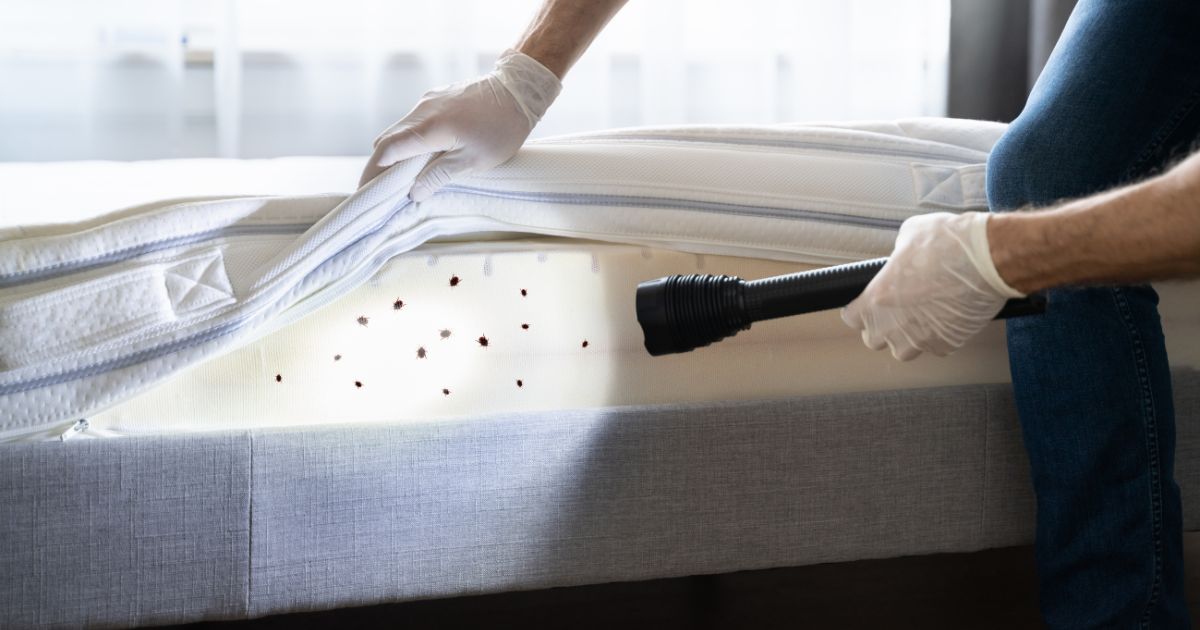
Singapore’s tropical climate, urban living and common travel make it a perfect habitat for bed bugs. As bed bugs can cause big problems when they invade homes, understanding how to identify and manage bed bug bites is a crucial step to bed bugs identification and removal.
Bed Bug Bites Identification
Bed bug bites are often mistaken for mosquito bites and other insect bites, leading to confusion and delayed treatment. However, there are key differences:
- Bite Patterns: Bed bugs often bite in linear or zigzag patterns. Mosquito bites, on the other hand, are usually random and scattered, while flea bites are typically grouped together or in a line.
- Comparison: Unlike mosquito bites, which are solitary and raised, bed bug bites tend to be flat and clustered. They also differ from mite bites, which are typically smaller and more scattered.
- Location and Timing: Bed bug bites usually appear on exposed skin areas during sleep, like arms, legs, shoulders, and backs. Mosquito bites usually occur on exposed skin areas after you spend time outdoors.
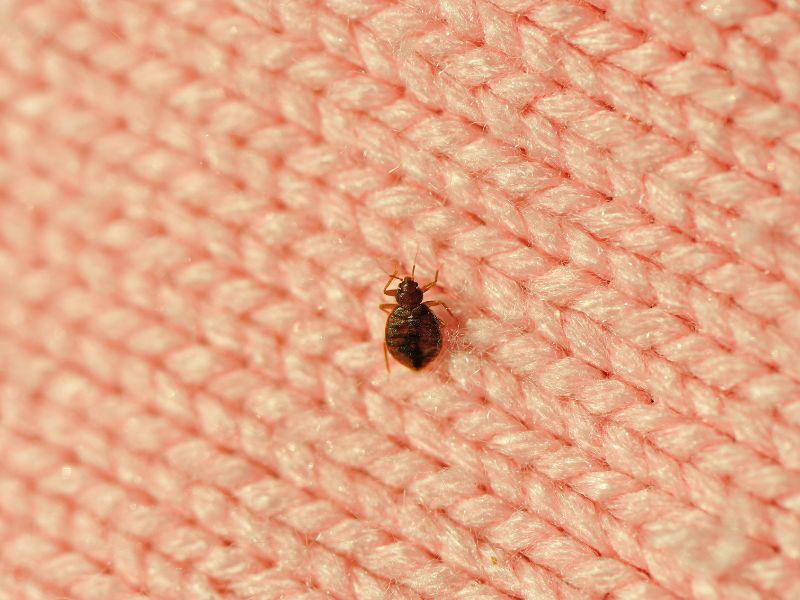
Treatment Options for Bed Bug Bites
While bed bugs do not transmit diseases, their bites can cause discomfort and itching. Various remedies are available in Singapore to alleviate symptoms, including home remedies and over-the-counter creams to reduce itching.
- Topical treatments: Application of creams, lotions, or ointments directly to the affected area help alleviate itch and prevent scratching, which can lead to infection.
- Oral antihistamines: Taken to relieve itching and inflammation caused by allergic reactions to bed bug bites.
- Cold compress: Applying a cold compress or ice pack to the bites can help reduce swelling and itching.
- Baking soda: Apply a thin paste of baking soda and water to the bites can also help relieve the itch.
- Avoid scratching: Scratching can lead to further irritation and increase the risk of infection. Keep the affected area clean and avoid scratching to prevent complications.
Generally, bed bug bites don’t require medical attention. However, seek immediate medical help if you have a severe reaction or signs of infection. If symptoms worsen, persist for more than a week, or allergic reactions develop, consult a doctor for stronger medications.
Want to find out more about bed bugs removal in Singapore?
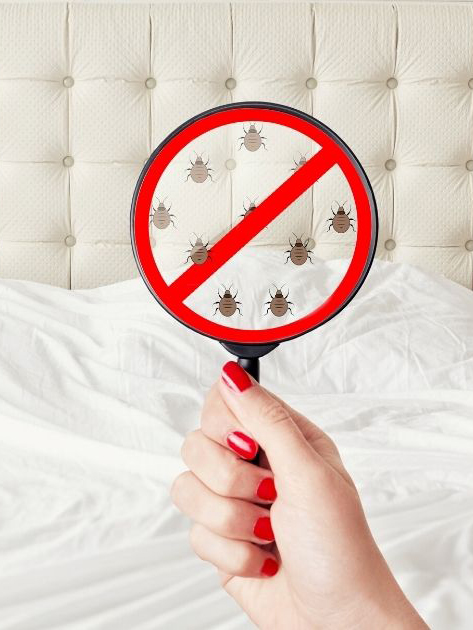
Preventing Bed Bug Infestations
Prevention is key to avoiding the bed bug infestation. Maintaining a clean, clutter-free environment and regular inspections of your belongings can help detect early signs of bed bugs. Here are some preventive measures to avoid bed bugs infestation:
- Regular Inspections: Routinely inspect beds, mattresses, box springs, bed frames, and furniture for signs of bed bugs (live bugs, shed skin, and fecal matter).
- Use High Temperatures: Launder bedding, clothing, and curtains regularly at high temperatures to kill bed bugs and their eggs.
- Maintain Cleanliness: Regularly vacuum carpets and furniture, paying close attention to edges and crevices. Reduce clutter to minimize potential hiding spots for bed bugs, making it easier to detect and eliminate them.
- Extra Protection: Use protective covers on mattresses and pillows to prevent bed bugs from infesting them.
- Travel Wise: While traveling, inspect hotel rooms for bed bugs before unpacking luggage. Use luggage racks or store your luggage in bathtubs to keep it off the floor and avoid contact with bed bugs. Also inspect your luggage before returning home, and clean everything at high temperatures upon arrival.
When to Contact Pest Control
Recognizing the signs of a severe infestation is crucial for timely intervention. It is important to identify the infestation early to prevent the spread of bed bugs and minimize the disruption they cause to daily life. Some signs of severe infestations include:
- Live bed bugs occur in different areas of the home.
- Persistent bites despite attempts to control them.
- Evidence of bed bug activity in multiple rooms or units in apartment buildings.
- Visible signs of bed bug eggs or fecal stains on furniture, bedding, or walls.
- Bloodstains on mattresses or bedding and a persistent musky odor.
Pest control professionals in Singapore offer various effective treatments tailored to the extent of the bed bugs infestation. Some of the services provided by pest control companies include:
- Comprehensive inspections to identify the extent of the infestation.
- Customized treatment plans using a combination of chemical and non-chemical methods.
- Follow-up visits to monitor the effectiveness of the treatment and ensure complete eradication.
- Advice on preventive measures to reduce the risk of future infestations.
Pro Tip: Act quickly if you suspect bed bugs, as early intervention and detailed documentation of signs can significantly enhance the effectiveness of treatment.
Safeguarding Your Home Against Bed Bugs
Understanding and managing bed bugs in Singapore requires awareness and proactive measures. By knowing the signs of infestation, seeking timely treatment and professional help, individuals can effectively control bed bugs and safeguard their homes and health. Stay vigilant, stay informed, and don’t hesitate to seek professional help for complete eradication and a good night’s sleep.

Pest Problem? Let Us Help.
We offer fast and effective precision treatments to eliminate pests while ensuring a safe environment for your home or business.
Author: Soleha Nisaa
Frequently Asked Questions
Regularly check for signs such as tiny blood spots on bedding, shed bed bug skins, or a musty odor in the room.
While bed bug bites are not typically dangerous, they can cause allergic reactions or secondary infections if scratched excessively.
Isolate infested items, inspect your sleeping area, launder bedding and clothing at high temperatures, and contact a pest control professional for a thorough inspection and treatment.
Related Posts
Bed Bugs Threat and Prevention
Bed Bugs

A rising number of bed bug incidents in Paris and other major cities is raising concerns about public health. The insects have been spotted in many private homes and public spaces in Paris, including cinemas, hotels, metro, and even Charles de Gaulle airport.
Singapore is a major global transport hub. Because of that, the country is extra prone to bed bugs infestations, since bed bugs typically attach themselves to clothes and luggage. As we approach the end of the year, Singapore is starting to see more travelers who could easily and unknowingly bring bed bugs into the country. In light of this situation, NEA advises people to watch for any signs of bed bug issues in Singapore and to conduct comprehensive inspections and cleaning of areas susceptible to bed bug infestations.
How to Spot Bed Bugs?
Bed bugs are on average 5-7mm in size, usually black or brown in colour. They hide in locations with regular access to food, including mattresses, wallpapers, boxes, picture frames and similar.
If you are staying in a hotel or common room, it is important to pay close attention to mattresses, the bed frame and bedside furniture, and areas where luggage is stored. Take some time to learn about other places where bed bugs come from.
Taking Preventive Measures
People are advised to have a regular cleaning routine and perform thorough inspections for any signs of bed bugs. Vacuuming all areas of the room can help you minimize the extent of a bed bug infestation and reduce the risk of spreading. And by having regular pest inspections in place, you can mitigate the risks of the infestations.
How Do You Get Rid of Bed Bugs?
If you detect bed bugs on your property, there are some DIY things that you can do to get rid of them. The infested clothing and bedding should be washed at a high temperature. Other fabrics that can’t be washed should be either treated with high temperatures or placed in the freezer for a couple of days. You will also need to vacuum all the areas that are suspected of bed bug infestations. Don’t forget to throw out the contents of your vacuum cleaner.
It is also advisable to hire a professional pest management company to locate the source of the infestation and prevent it from becoming a bigger problem.
Common Bed Bug Causes: Where Do Bed Bugs Come From?
Bed Bugs
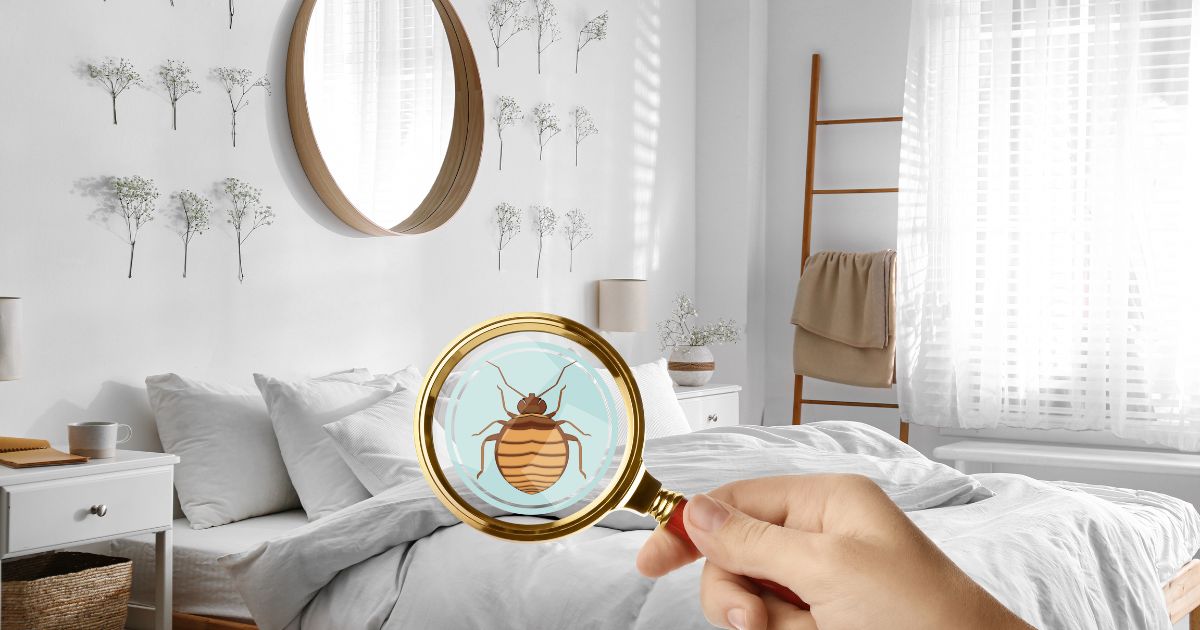
Bed bugs infestations can cause a lot of frustration and pain for homeowners and hotel guests. These tiny insects leave small itching bites that make you feel “dirty”. However, it is a common misconception that bed bugs are drawn to filth: they can live in any environment. So what are common bed bug causes and how to prevent them from infesting your home?
Table of contents
- Understanding bed bugs
- Origins of bed bugs
- What causes bed bug infestations?
- Where do bed bugs come from?
- How bed bugs enter homes
- How to avoid bringing bed bugs into my home?
- What are some signs of a bed bug infestation?
- Tips for Preventing Bed Bug Infestations
- Stay Informed and Act Proactively
Understanding Bed Bugs
Bed bugs are tiny, reddish-brown insects that feed on the blood of humans and animals. Despite their size, they can cause a lot of discomfort, including itchy bites and psychological distress. Bed bugs are difficult to detect as they hide in cracks, crevices, and bedding during the day, and can be a significant problem for homeowners.
These pests go through several stages in their lifecycle, from eggs to nymphs to adults. Each stage requires a blood meal to grow and develop to the next, which is why bed bugs are so persistent in homes. This feeding behavior, combined with their ability to survive for extended periods without food, makes bed bugs a persistent problem in infested areas.
Origins of Bed Bugs
Bed bugs have a long history and have been present in households for centuries. They were common in ancient civilizations but saw a significant decline in the mid-20th century, with the introduction and use of pesticides. However, in recent decades, bed bugs have made a resurgence. This resurgence is largely due to increased global travel, the use of second-hand furniture, and the development of pesticide resistance.
Bed bugs are excellent hitchhikers. They can spread from one location to another through luggage, clothing, and other personal items, allowing them to travel long distances without detection. This is why international travel is a significant contributor to the spread of bed bugs these days.
Want to find out more about bed bugs treatment in Singapore?
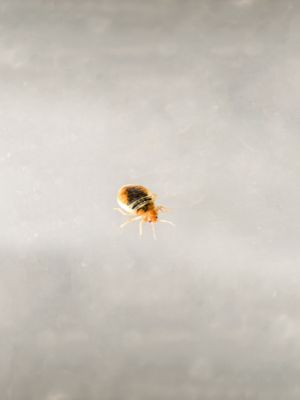
What Causes Bed Bug Infestations?
Bed bugs tend to live where lots of people live or come and go frequently. They can survive up to a year without any food, and they can easily attach themselves to people’s stuff until they find a nice place to live in. Knowing the common causes of bed bug infestations can help you prevent them from occupying your property.
Here are some of the most common causes of bed bug infestations:
- Frequent Travel: Traveling, especially to areas with known bed bug problems, increases the risk of bringing them home. Bed bugs can easily travel on your luggage, clothing, or other personal items. If you stay in a hotel, hostel, or other accommodation with bed bugs, they can easily make their way back home with you.
- Secondhand Items: Bed bugs can also be found in used furniture, clothing, and other secondhand items. That’s why it is important to inspect those items before bringing them home.
- Public Places: Bed bugs can also be picked up in public places like movie theaters, where the warmth of the crowded seating can attract them. They may then be brought home on clothing or personal items.
- Poor Sanitation: While bed bugs can thrive in any (even the cleanest) environments, cluttered or dirty spaces can make it easier for them to hide and reproduce.
- Crowded Living Conditions: Bed bugs thrive in crowded living conditions, such as apartment buildings, dormitories, and shelters.
- Lack of Awareness: Many people are not aware of the signs of bed bugs, which is key to preventing bed bug infestations from becoming a serious problem.
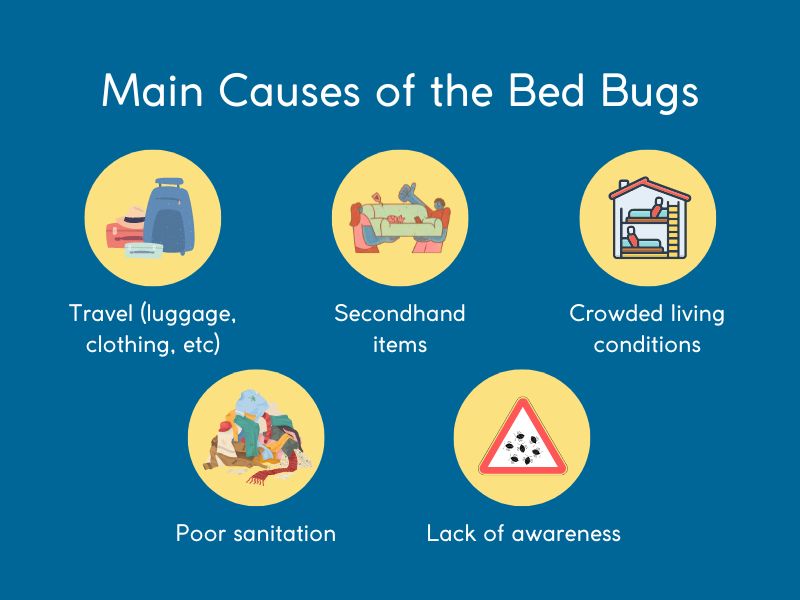
Where Do Bed Bugs Come From?
Despite their name, bed bugs can come from a variety of sources and places. Here are some of the most common places where bed bugs come from:
- Hotels, hostels and other accommodations
- Secondhand furniture, clothing and other items
- Public places, such as movie theaters, public transportation and waiting rooms
- Apartments, dormitories, and shelters
- Office buildings
- Schools, colleges and universities
They can attach themselves to different objects, like:
- Sheets and blankets
- Suitcases or luggage
- Various clutter, like piles of clothing
- Walls, floors, and other openings
- Seams of upholstered furniture
- Cardboard boxes, etc
How Bed Bugs Enter Homes
Bed bugs can enter homes in several ways, including:
- Luggage and personal belongings after traveling. Hotels and other temporary accommodations are common shelters for bed bugs. When travelers unknowingly bring bed bugs home in their belongings, the pests quickly find new hiding spots in bedrooms and living areas.
- Clothing can also serve as a transportation method, as bed bugs can cling to fabrics in public places and be brought into the home unknowingly.
- Used or second-hand furniture, particularly mattresses, couches, and upholstered items. If the furniture has been in an infested area, it may contain bed bugs or their eggs. Once inside, bed bugs can spread throughout a home, especially in multi-unit buildings like apartments or hotels, where they can move between units through cracks in walls or shared spaces.
- Visitors to homes can unintentionally bring bed bugs with them, especially if they have been in contact with infested areas.
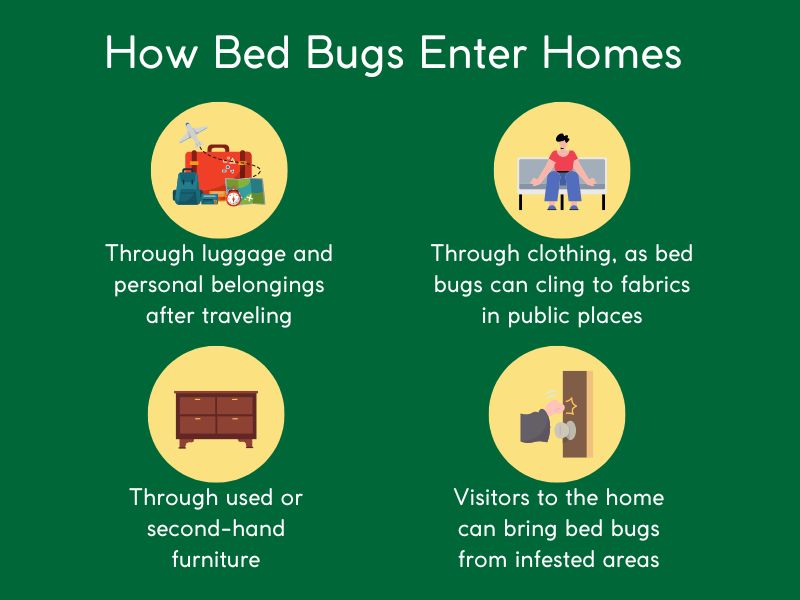
How To Avoid Bringing Bed Bugs Into My Home?
Knowing how bed bugs can get into your home is essential to take proactive measures to prevent them from entering your home. They can easily find their way into your home through a variety of sources, so here are some tips to avoid that:
- If you spend the night in a hotel or resort, or even visiting your friend’s house, you can bring the bed bugs home. To avoid this, keep your belongings off the floors. Also, check bedding and furniture in a room where you’re staying.
- They can also hitch a ride on public transportation or from work, making it important to keep an eye out for bed bug bites or any signs of bed bugs.
- Another common way bed bugs can enter your home is through guests staying with you, who could bring them along unknowingly. To prevent this, it’s always a good idea to wash their bedding at the hottest temperature once they leave.
- If you take or purchase used furniture (not only beds), it is also important to inspect those items for black streaks, shed insect casings, and bloodstains.
- Clear your home of clutter where bed bugs can thrive.
What Are Some Signs of a Bed Bug Infestation?
Recognizing the signs of a bed bug infestation early on can help you take prompt action to address the issue effectively. Besides painful swelling bites, you may also notice:
- Bloodstains on sheets
- Dark or rusty colored stains on your mattress, bedding, or nearby furniture
- Eggshells and shed skin, droppings and small white eggs resembling rice
- In some cases, you may also notice bed bugs themselves
Pro Tip: If you discover bed bugs in your home, contact Killem Pest to get necessary help before it becomes a bigger problem.
Tips for Preventing Bed Bug Infestations
Preventing bed bug infestations requires vigilance and proactive measures. Here are some tips:
- When traveling, always inspect hotel rooms for signs of bed bugs, such as tiny reddish stains on bedding or small, dark spots in mattress seams. Keep luggage away from the floor, beds or upholstered furniture, and consider using protective covers for your luggage.
- Inspect luggage: When returning from travel, carefully inspect your luggage for signs of bed bugs.
- Regularly inspect your living space for signs of bed bugs. Pay close attention to beds, couches, and other areas where you spend a lot of time.
- Check furniture: Before purchasing used furniture, inspect it for any signs of bed bugs.
- Maintain a clean clutter-free environment: Regularly clean and vacuum your home, paying attention to areas where bed bugs may hide, such as mattresses, bed frames, and furniture.
- Seek professional help: If you suspect a bed bug infestation, it is important to seek professional help from a pest control company.

Pest Problem? Let Us Help.
We offer fast and effective precision treatments to eliminate pests while ensuring a safe environment for your home or business.
Stay Informed and Act Proactively
Understanding the origins and behaviors of bed bugs is crucial for preventing infestations. By being aware of how bed bugs spread and taking proactive steps to avoid bringing them into your home, you can protect yourself from the stress and discomfort of a bed bug infestation. If you suspect that you have bed bugs, it is essential to act quickly and seek professional help to address the problem before it becomes severe.
Author: Soleha Nisaa
Frequently Asked Questions
Bed bugs are attracted to several factors in homes, including warmth, carbon dioxide exhaled by humans and animals, body heat and human odors such as sweat and body oils, and dark and tight spaces to hide (e.g. cluttered areas and crevices).
No, bed bugs are not caused by poor hygiene. They are attracted to warmth and carbon dioxide that humans emit when they sleep.
Bed bugs primarily feed on the blood of humans and animals, so they do not consume food in the traditional sense.
Bed bugs are attracted to human and animal hosts by scents such as carbon dioxide, body odor, and lactic acid. They are also attracted to the smell of dirty laundry or dirty bedding, so it is important to do your laundry on a regular basis.
Bed bugs do not feed on or show interest in scents associated with regular food items like crumbs, leftovers, or sweet-smelling substances. Additionally, bed bugs are not attracted to light, as they prefer to be active during the darkness of night.
Bed bugs start infestations by being introduced into a new environment, typically through luggage, clothing, or furniture.
Do not panic or immediately start moving furniture, as this can spread the infestation. Avoid using over-the-counter pesticides, as they can be ineffective and dangerous.
Even if you haven’t traveled recently, bed bugs can be brought in by visitors, used furniture, or they can migrate from a neighboring unit in an apartment building.
Yes, bed bugs can live in pillows, though they are more commonly found in mattress seams and bed frames.
No, bed bugs do not live in hair. They prefer to hide in cracks and crevices close to where people sleep.
If left untreated, a bed bug infestation can worsen, leading to severe discomfort and spreading to other areas of the home.
Related Posts
The Ultimate Guide to Bed Bugs Prevention and Treatment in Singapore
Bed Bugs
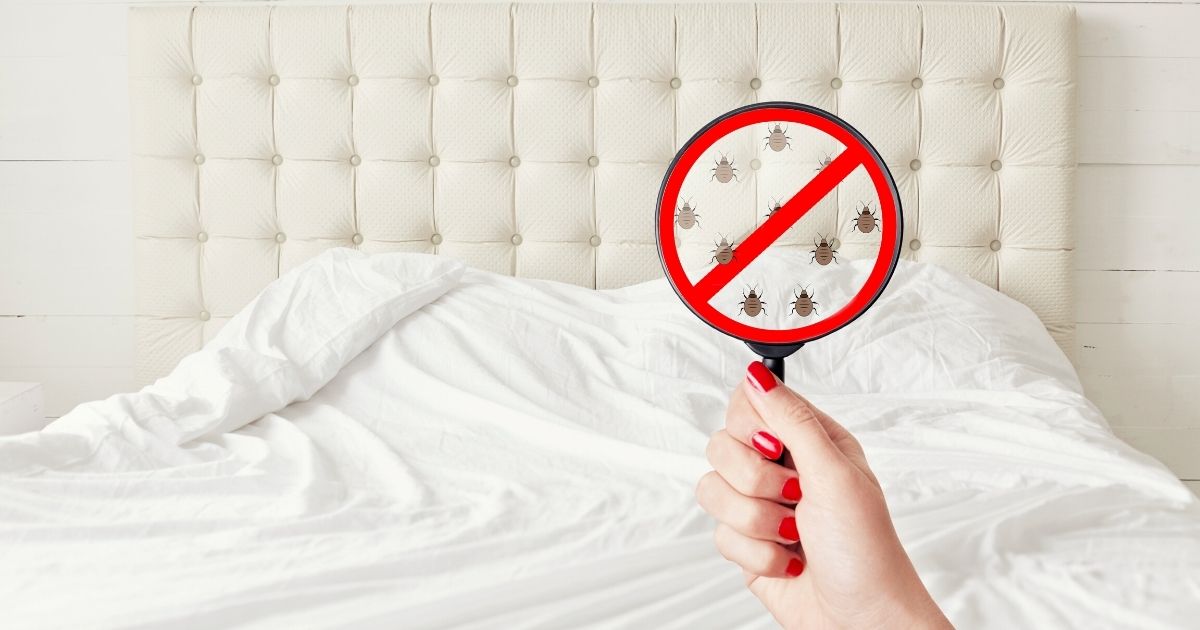
Table Of Contents
- What You Need to Know About Bed Bugs
- Types of Bed Bugs in Singapore
- Life Cycle and Biology
- Hazards
- Signs of a Bed Bug Infestation
- What to Do When You Have a Bed Bug Infestation
- Tips to Prevent and Get Rid of Bed Bugs
- DIY Methods to Prevent and Get Rid of Bed Bugs
- Bed Bug Home Remedies
- How to Get Rid of Bed Bug Bite Marks
- Professional Bed Bug Treatment
Have you been getting unbearably itchy bed bugs bites causing sleepless nights? Or have you been noticing skin rashes that pop up from nowhere when you wake up every morning? If the answer is yes, then you might be facing a bed bug infestation.
You might be wondering what the source of a bed bug infestation is? And where do the bugs come from? The answer may surprise you. In the past, bed bugs have been associated with poor living conditions but their infestations have spread like wildfire in cities around the globe. This phenomenon is contributed by the shift in pesticide usage globalisation. The thriving travel and tourism industry further promotes and increases the rate at which bed bugs are spread all over the world.
Humans bring in bed bug infestations, so we need to take some responsibility. Someone may pick up bed bugs from a hotel room, theatre, a plane or even from public transport. They climb onto your clothes or sneak into your luggage bags. Eventually, the beg bugs find a way into your home.
A bed bug infestation may be a headache to a lot of people. However, with some understanding, you can prevent or get rid of bed bugs infestations.
What You Need to Know About Bed Bugs
Bed bugs are some of the most difficult pests to remove once they have taken hold in your home. Unlike other pests like mosquitoes or rodents, bed bugs do not actually spread disease. However, they are a very big nuisance because bits from bed bugs cause itching, which can lead to excessive scratching and thereby skin infection.
Being bitten by beg bugs at night also causes a loss of sleep.
They can get into the linen on the beds, which is how they got their name. However, you should not be fooled into believing that they only infest beds. They can also get into the carpets, curtains, and even clothing.
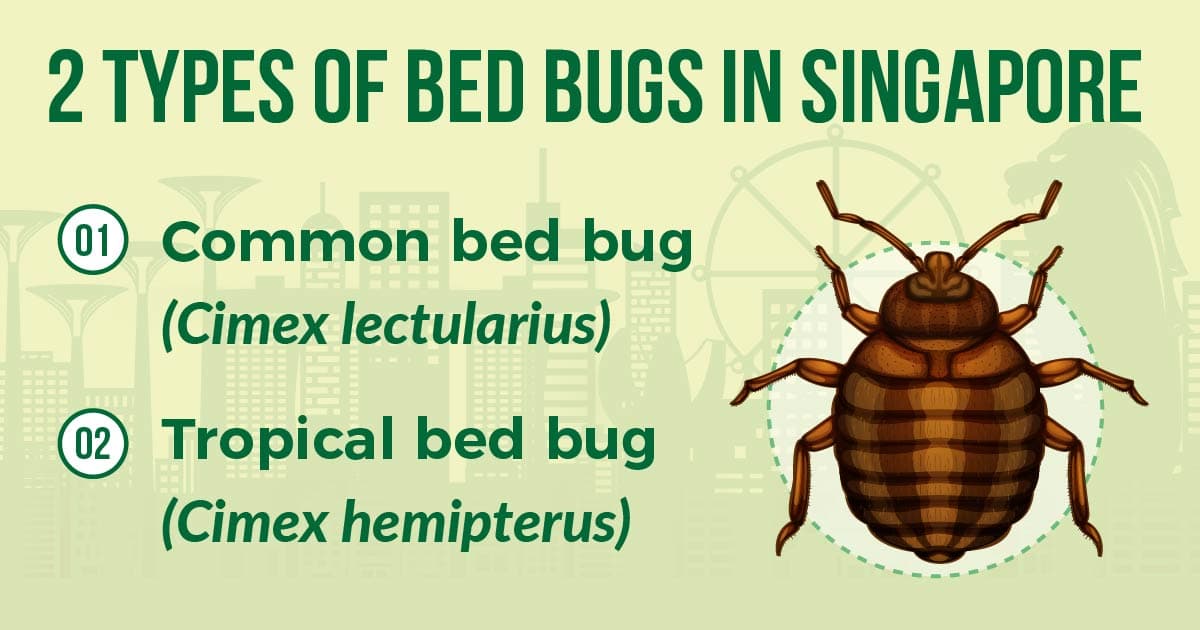
Types of Bed Bugs in Singapore
There are two commonly found species of bed bugs in Singapore:
- Common bed bug (Cimex lectularius)
- Tropical bed bug (Cimex Hemipterus)
Cimex lectularius has a worldwide distribution, especially in temperate regions. Cimex Hemipterus is a common species found in tropical and subtropical areas including Singapore. Both species feed on human blood and are important pests to the travel and hospitality industries.
What Do Bed Bugs Look Like?
- Oval-shaped body
- Reddish-brown colour
Bed bugs have a brownish color before they have fed. After feeding, on the blood of animals and people, they turn a red color. The baby bed bugs are very difficult to see, as they do not have much color to them at all.
These six-legged creatures can reach up to a quarter of an inch long when they are adults.
Life Cycle and Biology
A female bed bug can lay 200 to 250 eggs in her lifetime (one to five eggs each day) and the eggs hatch in 6 to 10 days – this is how they can spread and infest an area so quickly. The life cycle of a bed bug can be completed in as little as three weeks. They will mature in about 21 days, and they can live for several months without feeding.
Bed bug larva undergoes incomplete metamorphosis. It takes five stages before a larva matures into an adult bed bug. A blood meal is needed each time before a nymph moults into the next stage. Bed bugs are opportunistic feeders. They consume as much blood as possible from you until they are fully engorged.
A tropical bed bug can live for up to 100 days while a common bed bug can live for up to 1 year. As much as they need blood meals for growth, bed bugs were found to be able to survive a long period without blood meals.
Have you ever wondered how a tiny bed bug can find its way to you? Bed bugs are attracted to the carbon dioxide and body heat given off by human bodies. A higher concentration of carbon dioxide due to human presence stimulates bed bugs to feed. As they approach the human host, they are attracted by the body heat of the host.

Hazards
Unlike many other pests, bed bugs do not transmit diseases to humans nor cause structural damage to buildings. However, bed bugs feed on human blood. Their presence can still have severe impacts on humans.
1. Allergic reactions
Bed bug bites are not harmful to humans. Some people do not even develop reactions toward the bites. However, people that develop allergic reactions to bed bug bites may have painful swelling or intense itching around the bites. In this scenario, medical attention will be needed to ease the symptoms of allergy.
2. Effect on mental health
Bed bug bites can be extremely itchy to some people. The itch from the bites can cause insomnia and even anxiety in cases of heavy infestations. Bed bugs may cause an affected individual to have sleepless nights, and the lack of sleep can further affect mental health and the ability to carry out normal daily activities.
3. Property damage
Bed bugs do not cause structural damage like termites and rats, but they can cause cosmetic damage to the property. In a heavily infested unit, blood speckles and the droppings of bed bugs can be found all over the unit including the mattresses, bed frames and walls. Owners need to replace the items if the stains are not removable. Also, repainting the walls can be costly.
4. Economic and reputation damage
Bed bugs are a serious threat to the hospitality industry as well as the transport industry. Hotels suffer a loss when the bed bug infestation decreases their capacity to accept guests. The cost to treat bed bug infestations is usually a significant amount that can badly affect a company.
Besides hotel rooms, bed bugs can also be found on planes, buses and trains, causing significant losses to the businesses. A business’s reputation can be badly affected by bed bugs. Numerous lawsuits may also come from bed bug infestations.
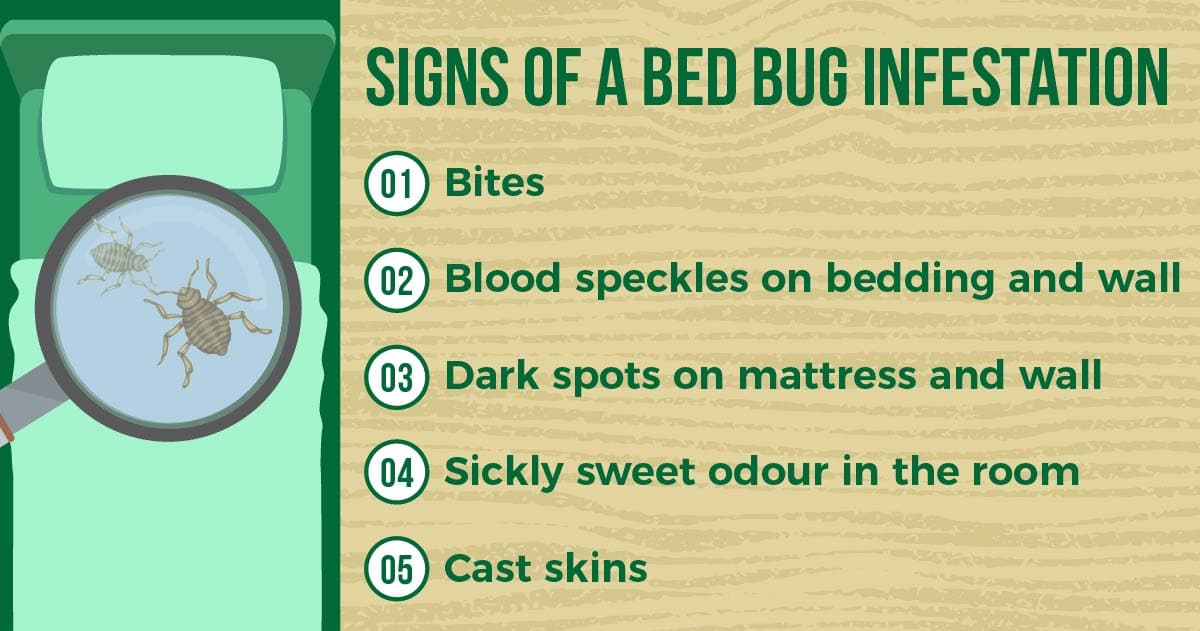
Signs of a Bed Bug Infestation
Here are some signs that tell you that you have a bed bug infestation.
1. Bites
One of the most apparent signs that indicate a bed bug infestation is the presence of bite signs. It might be difficult to differentiate between the bites caused by bed bugs and other insects such as mosquitoes.
A bed bug usually bites more than once, so it is likely to leave numerous bites that cluster around several exposed parts of the body such as the face, neck, arms and legs.
2. Blood speckles on bedding and wall
Bed bugs hide in the corners and edges of a mattress, as well as other locations with cracks and crevices, including the wall. During the night, as bed bugs leave their hiding place to forage, you might accidentally crush them during your sleep. Crushing them causes their bodies to rupture, leaving behind blood stains on the mattress or wall.
3. Dark spots on mattress and wall
The droppings of bed bugs consist of digested blood which resembles black pepper flakes. They are commonly found near the hiding sites of the bed bugs so be sure to check the corners and edges of your mattresses and bed frames if you suspect a bed bug infestation.
4. Sickly sweet odour in the room
In places heavily infested with bed bugs, a pungent smell can be detected. People can have a different perception of how the odour smells. The odour is caused by the pheromones released by the bed bugs. Thus, the odour intensifies as the number of bed bugs present increases.
5. Cast skins of bed bugs
As mentioned earlier, bed bugs need to moult (cast off their skin) to grow. The sighting of cast skins (also known as exoskeletons) indicates the presence of bed bug infestations. The sightings of live bed bugs are also possible.
6. Visible presence of bed bugs
You may even see the adults, even though they typically come out to feed on blood at night. Their presence during daylight hours often indicates a substantial population, as bed bugs usually prefer to remain concealed in darkness when not actively feeding. Therefore, if you spot adult bed bugs during the day you may need to take immediate actions to prevent the infestation from growing further.
Want to find out more about bed bugs removal in Singapore?

What to Do When You Have a Bed Bug Infestation
Getting rid of bed bugs by yourself can result in many failed attempts. It is extremely difficult to do, and you would be much better served by having professionals in Singapore come in with the right equipment to take care of things.
There are several proven methods that can be used for treating an infestation and getting rid of bed bugs.
Spray and Gas Treatment
A very popular and effective option is to use spray and gas treatment. This utilises dual spraying action, and it makes it possible to cover a large area in a short period. It can eliminate the bed bugs, as well as the eggs they have already laid.
Steaming
Another option is steaming. One of the benefits of this method is that the steaming can occur even if there are people and pets in the home at the time. This makes it a fast and efficient option, and it also happens to be environmentally friendly.
If you have signs of a bed bug infestation, do not wait to get the help you need. Get effective and professional bed bug control from Killem as we can take care of the problem right away.
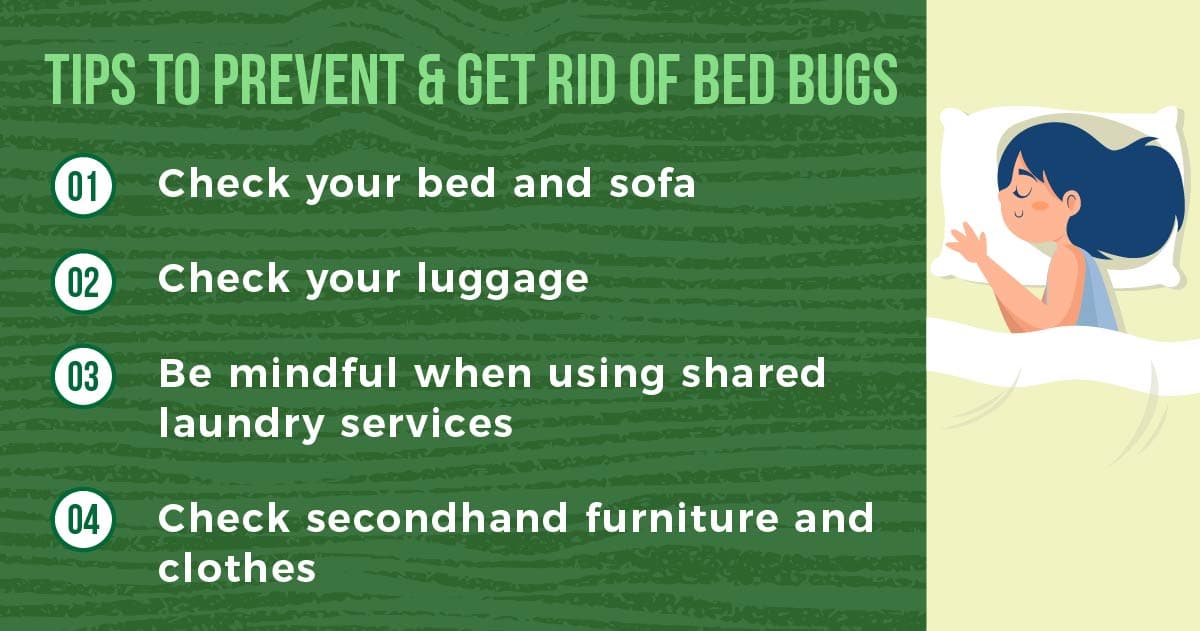
Tips to Prevent and Get Rid of Bed Bugs
Bed bug infestation is a growing concern around the world. If you have them, it is important to know how to get rid of bed bugs. It should be taken seriously as it can cause stress to the victims even though bed bugs do not transmit diseases. Since prevention is better than cure, being mindful in daily life can help to prevent a bed bugs infestation and keep them away from you.
1. Check your bed and sofa
While bed bugs are mostly found around your bed, they can hide around other locations such as the sofa too.
Bed bugs can bite you without you noticing them. They do so when you are sound asleep, or even when you are sitting on the sofa enjoying your favorite movie. Check the gaps between cushions as well as the seams and zippers of the cushion covers to look for signs of bed bug infestation. Bed bugs can also infest the gaps between cushions as well as the frames of beds and sofas.
If you see black spots at the corners and edges of the cushions or mattresses, you probably have bed bugs lurking around you.
Inspecting the beds and sofas helps to detect bed bug infestations. This allows early action before the infestations worsen.
2. Check your luggage
Another major source of bed bug infestation is infested accommodation. As you are enjoying your vacation in resorts or hotels, bed bugs from an infested room may climb into your luggage and follow you back home. Inspect your luggage as you are unpacking them may help you prevent a bed bug infestation.
3. Be mindful when using shared laundry services
Launderettes and shared laundry services are convenient for people living far from home or people who do not do their laundry at home. However, the convenience does come with a risk of exposing yourself to bed bug infestations. Bed bugs may hide in the shared equipment, so do check your washed clothes for signs of bed bugs after using shared laundry services.
4. Check secondhand furniture and clothes
Buying pre-loved items are a great way to save costs and care for the environment. However, sometimes you are getting more than what you wish for as bed bugs may hide in items such as furniture, clothing and even stuffed toys.
Bed bugs can survive without a blood meal for up to 4 months, so they can even be found in items that have been left unattended. Make sure you check the items before you use them again to prevent bed bug infestations at home.
5. Seek Help From a Professional
Professional pest control managers are the best people you can look for to manage the bed bug infestation at your house. Professional pest control operators will conduct effective treatment after careful inspection.
Conventional treatment methods for bed bug infestations include gassing and residual spraying method. Gassing delivers fast knockdown to the bed bugs and residual spraying chemical kills bed bugs that come into contact with the chemical after the treatment. This is important as the eggs of the bed bugs can usually survive the treatment so the residual effect of the chemical kills the newly-hatched bed bugs.
DIY Methods to Prevent and Get Rid of Bed Bugs
Getting rid of bed bugs on your own is not an easy task. However, some methods can reduce their presence or even remove them entirely in cases of light infestations.
1. Wash and dry in high temperature
Bed bugs can be killed when exposed to temperatures higher than 60°C for 15 minutes. Washing or drying your mattress linen and clothes at high temperatures is one of the most effective ways to kill bed bugs. High temperatures have been known to kill bed bugs effectively, therefore steamers that produce high-temperature dry steam are used by professional pest control service providers as a greener and safer approach to eliminate bed bugs.
2. Vacuuming
Vacuuming can remove the adult bed bugs, the nymphs and even the eggs. Focus on the potential hiding spots of bed bugs such as wall joints, cracks and crevices. Thoroughly vacuum the bed, including mattresses and bed frames to remove bed bugs.
Vacuuming together with washing linens at high temperatures may help to eliminate the bed bugs. However, if the situation does not improve, professional pest treatment is required to help solve your problem.
3. Use bedbug-proof encasements for your matresses
Bed bug-proof encasements restrict the movements of bed bugs, thus preventing new infestations as well as trapping existing bed bugs. They are available in the market and work well to keep bed bugs off your bed as long as you install them correctly. With them, you will be able to sleep soundly without having to worry about bed bug bites.
Pro Tip: Don’t panic and don't throw out all of your belongings because most of them can be treated and saved.
Bed Bug Home Remedies
Let’s look at some natural remedies for dealing with bed bugs. A common bed bug home remedy is essential oil bed bug spray. Commonly used oils for creating a natural bed bug killer spray are:
- Peppermint
- Thyme
- Clove
The bed bug home remedy not only effectively eliminates bed bugs, it also provides additional protection to various sensitive spots around your home. This includes bedding, carpets, fabrics of all kinds and any furniture.
To use the bed bug spray, all you need is a spray bottle with distilled water and 10-20 drops of essential oils. Spray it on all prone areas and reapply 2-3 days later. This bed bug home remedy is an effective and natural way to get rid of bed bugs without the use of chemicals.
Other natural products to help get rid of bed bugs include:
- Tea tree oil
- Lavender oil
- Cinnamon
- Powdered Pepper
- Lemon
- Peppermint
- Neem oil

How to Get Rid of Bed Bug Bite Marks
Bed bug bite marks can be an annoying reminder of a bed bug infestation. It is important to resist the urge to scratch when treating bed bug bite marks, as it can lead to secondary infections or prolonged marks.
Some other steps involved in bed bug bite marks treatment and removal include:
- Cleaning the affected area with mild soap and water to prevent any potential infections.
- Using natural remedies like aloe vera or tea tree oil to soothe the skin and reduce inflammation.
- Using creams containing hydrocortisone or antihistamines to reduce itching and help in the healing process.
- For more severe cases, consulting a dermatologist is recommended
Remember, consistent care and patience are key in gradually fading and removing the bed bug marks.

Pest Problem? Let Us Help.
We offer fast and effective precision treatments to eliminate pests while ensuring a safe environment for your home or business.
Professional Bed Bug Treatment
Residual insecticidal treatment is one of the treatment methods to get rid of bed bugs. The chemicals and products used by pest management professionals are different from those that are available over the counter (less effective). The application of residual insecticides targets the areas where bed bugs are most likely to hide and reside, such as:
- Seams of beds
- Folds of sofas
- Wall crevices
Pro tip: Bed bugs are best to be treated before they become much more severe problem.
Killem Pest has employed steaming treatment as an alternative solution for bed bug control.
It is an environmentally friendly solution as it resolves and eliminates bed bugs and their eggs without the use of any insecticide.
The superheated dry steam from the specially designed appliance can be steamed up to 180°C, which directly kills the bed bugs and eggs upon contact. The steam generated will not cause damage to any surface or fabric. Instead, it can help to eradicate viruses, bacteria, germs and fungi on the treated surface.
Bed bug problems should not be underestimated. They are best solved before they become much more severe. In the case of a serious bed bug infestation, treatment methods may vary and can become more challenging. It is vital to identify the root cause of bed bug problems, recognize the source to avoid continuously bringing them back from outside. Lastly, help from a professional pest control company is strongly advised.
Frequently Asked Questions
Bed bugs can come from various infested areas or surfaces, or used furniture. They can often be found in many forms of transportation or any public places and can travel with you from lounge areas, airports or airplanes.
Typically bed bugs hide in mattresses or couches, in the cracks in the bed frame, or near the bed. You can also find bed bugs in other furniture or on the walls (wallpapers, pictures, curtains, window frames, etc).
It is hard to get rid of bed bugs as they hide well and reproduce quickly: their number can grow exponentially in a couple of days.
Bed bugs are visible to the naked eye: adult bed bugs’ colour ranges from red to dark, they are oval in shape and look similar to the apple seed. Immature bed bugs are smaller in size and translucent whitish-yellow in color.
No, bed bugs cannot fly. They don’t have wings, so they can only crawl around. However, they are quite good at crawling and can move quickly over floors, walls, and ceilings to find their next meal.
To spot the presence of bed bugs, check for the bites on your skin, reddish stains or dark spots on bed sheets or mattresses, or the presence of live or dead bugs and their eggs.
Bed bug bites appear on the parts of your skin that are not covered during the night, and look similar to mosquito bites – swollen red spots that often itch.
Related Posts
Fumigation Treatment: All You Need to Know
Bed Bugs

The never-ending battle between humans and pests has led to the rapid development of pest management services in Singapore, including fumigation treatments. The wide-ranging pests and their nature of behaviour can interfere with human activities.
The difficulties of controlling pests – due to the limitation on certain treatments’ application – has led us to using fumigation treatment to deal with severe pest issues.
Fumigation treatment in Singapore is usually carried out in the freight, shipping, storage and food manufacturing industries. All fumigators must apply for training and a licence from the NEA (National Environmental Agency). Beyond that, pest management companies are also responsible for the application of fumigation permits before they are allowed to carry out fumigation treatments in Singapore.
Fumigants in Singapore
Fumigation treatment is a unique form of action for pest management.
It is usually adopted by pest management companies and clients when there are no other feasible forms of control to the target pest. However, most fumigants such as hydrogen cyanide, methyl bromide and hydrogen phosphide are toxic to pests as well as humans. Nevertheless, fumigation treatment has effective killing effects and has become an inevitable pest management method in Singapore.
Mode of Action of Fumigation Treatment
Fumigation treatment is a process of release or dispersal of toxic chemicals onto the targeted pests. It can be very fast as the volatile nature of fumigants is able to pass through inaccessible spaces. It has almost no limit to penetrate any object as long as tiny pores are present on the surface of the treated object. In other words, the entire structure is secured with the fumigation treatment. The toxic chemicals enter the pest body mainly through its breathing system.
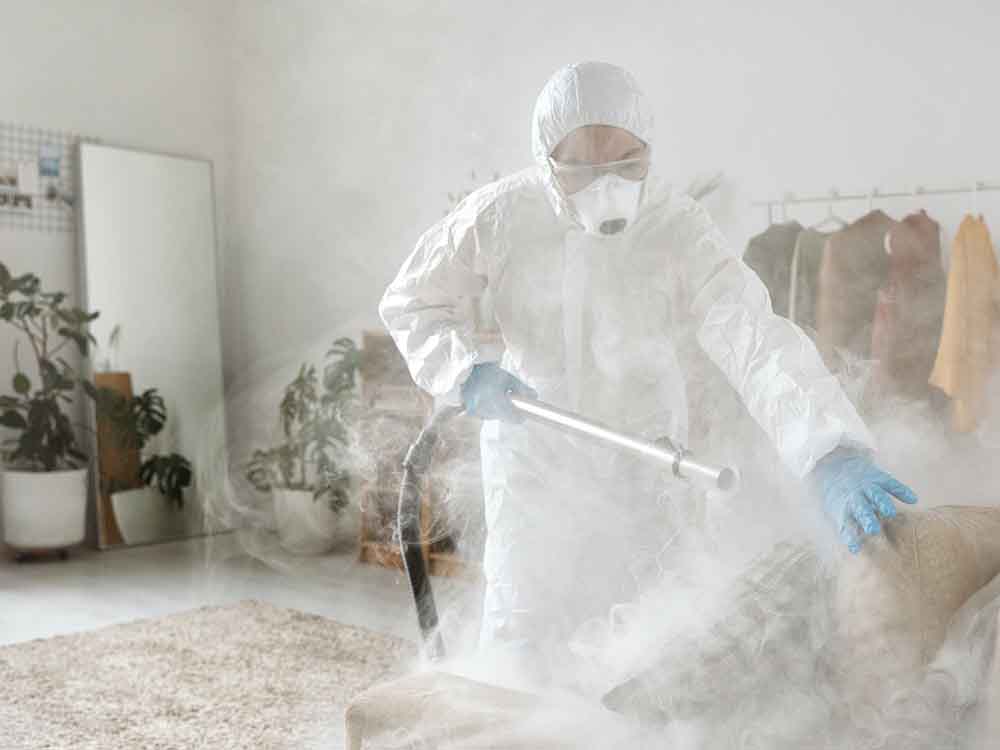
Target Pests in Fumigation Treatment
In general, fumigation treatment is helpful in dealing with all types of pests including stored product pests, wood borers, subterranean and drywood termites, bed bugs, cockroaches and even rats. It is often carried out in enclosed shipping containers, vessels and warehouses.
Fumigation on smaller structures such as infested wood and furniture is usually done for targeting drywood termites and wood borers. In this case, infested wood has to be removed and placed in an air-tight space to allow the proceeding of fumigation treatment.
Want to find out about pest maintenance programs in Singapore?
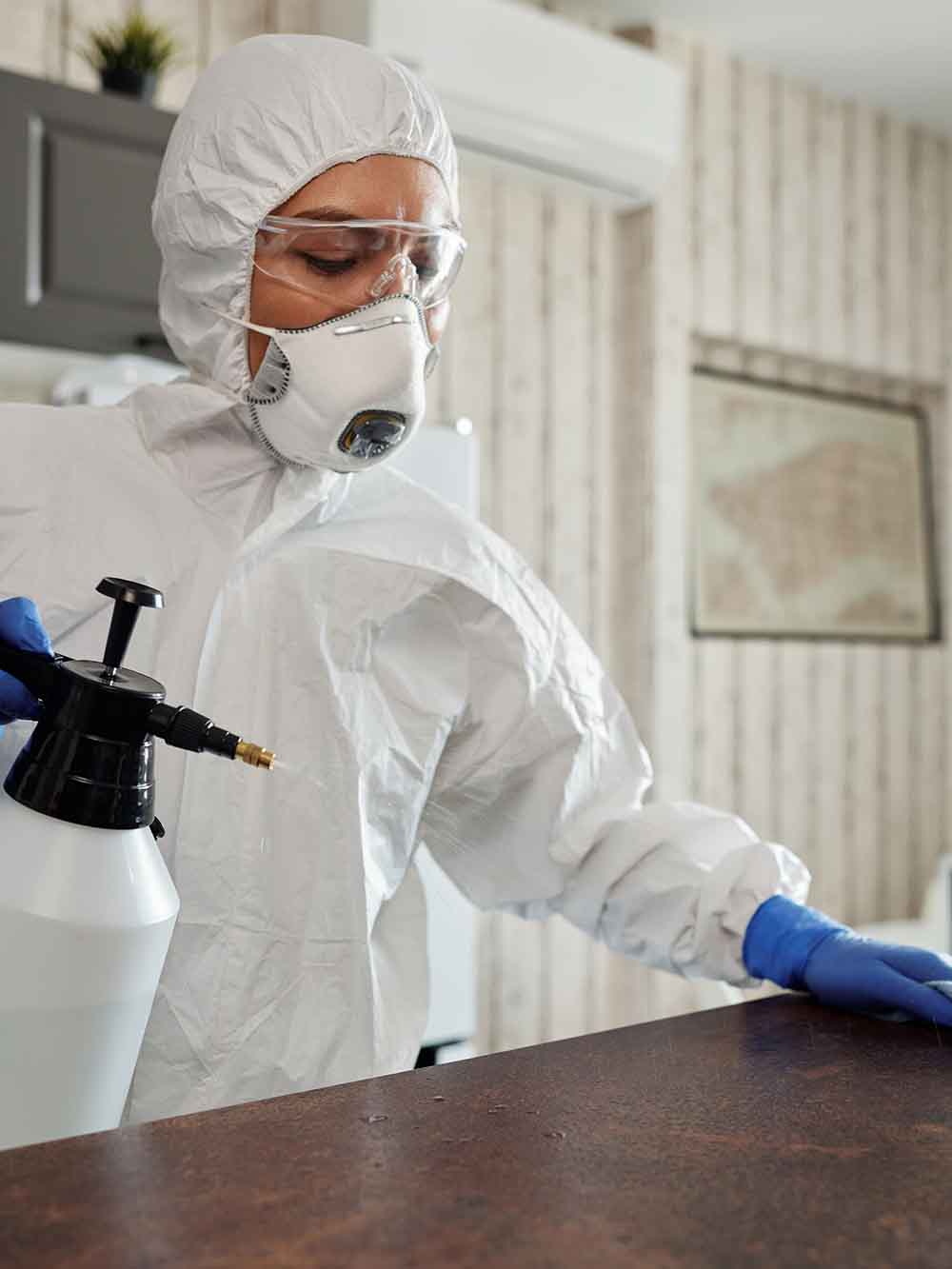
Disadvantages of Fumigation
One main disadvantage of using fumigation treatment is that there is no residual effect on the treated structure. Therefore, no residues remain in the treated spaces once the areas have been ventilated and cleaned properly. Hence, it does not help in protecting the treated structure from future pest infestations.
Since the knockdown effect of target pests depends on its respiration rate, low temperature of the treated environment may make the pest less susceptible. This is due to the fact that the lower the temperature of the surrounding, the lower the respiration rate of the pest.
Pro Tip: It's better to hire professional pest management services to ensure the fumigation treatment effectiveness.
Factors Contributing to Fumigation Failure
Fumigation failures are common. It can be due to the improper application and pest resistance. In addition, inappropriate choice of fumigants and loss of fumigant through leakage in treated spaces can also affect the effectiveness of the treatment. Hence, a leak detector is sometimes utilized before the treatment.
Final Note
Fumigation treatment, while seen to be effective because of its volatile and gaseous nature to target pests, can actually be harmful to human and pets. The excessive use and misuse of the fumigants not only pose harmful effects on human’s health but cause adverse effects on the treated commodity and property.
The use of it must be handled by trained and certified fumigators as they will have enough knowledge on its application and precaution steps before and after the treatment.

Pest Problem? Let Us Help.
We offer fast and effective precision treatments to eliminate pests while ensuring a safe environment for your home or business.
Careful planning and application must be adopted before the treatment is carried out. The appropriate choice and use of fumigants are vital as it may cause fumigation failures and hazards to the environment.
Frequently Asked Questions
Fumigation treatment is usually required in freight, shipping, storage and food manufacturing industries. Businesses in these industries must avoid the spread of pests and minimize the risk of damage to the goods or people’s health.
Fumigation treatment usually lasts for years, but it is recommended to have regular inspections to keep the areas protected.
It is important to remove plants and pets before fumigation, and also all the food and medicines that are open and/or are not sealed.
Related Posts
Killem Encounters: Strange Pest Control Stories
Bed Bugs
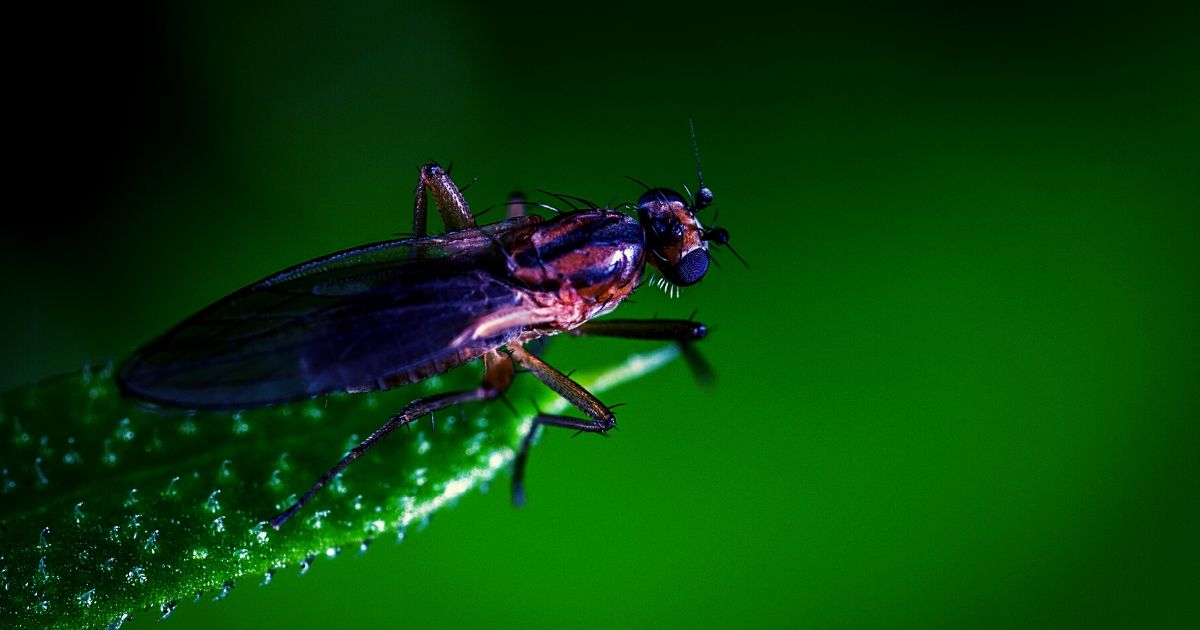
The pest control industry has seen many developments in eradicating pests that carry deadly diseases and preventing further infestations.
In Singapore, maintaining high standards of sanitation is important as this stops the spread of diseases and ensures that the health of its citizens is protected.
The Singapore government is also uncompromising when the people’s health and safety are in question, making sure to educate the public with steps on preventing pest infestations and enforcing rules and regulations on individuals and business entities.
The importance is not lost on the people living in Singapore but some may have taken extreme measures just to be sure. What follows is a series of events that have unfolded in the careers of Killem’s Pest Control Officers (PCOs) to be out of the ordinary, some even strange.
Encounter 1: The Bird that Wouldn’t Fly (Away)
In Singapore, common bird species such as the Sparrow and Mynah are less of a nuisance than rodents or cockroaches; nevertheless, they may still be a pest and nuisance as they can feed on human food and their droppings are toxic. They can be found near food and beverage (F&B) establishments, especially open-air restaurants and hawker centres. When they do cause a problem, however, it is best to call a professional.
One such call was attended by Killem and it was rightfully dealt with.
The pest in question was a sparrow that had made a well-known fast-food establishment it’s home for almost a year. Before Killem got involved, many methods were used to get the sparrow away from the premises. None of the methods proved to be successful. 50 glue boards and bird repellent had been placed by the previous pest control company, in the hopes of capturing the sparrow, but to no avail.
Killem’s PCOs had accessed the situation quickly and structured a solution based on previous experiences. Target pest-specific pesticides were placed to capture the sparrow alive. In less than a month, the sparrow had been caught alive and the establishment was free of potential hazards brought about by the sparrow. What still remains a question though is how the sparrow had escaped the countless glue boards with baits and the other PCOs for a year.
Encounter 2: Unsettled Settlers| Pest Paranoia | Pest Phobia| Entomophobia: The Fear of Insects | Fear of Pests: On a Subconscious Level
Not everyone is fond of insects and other creatures that are considered pests. In extreme cases, where people develop a fear of these pests or even subconsciously have an aversion to them, many avoid leaving their house or even believe that they constantly have pests crawling on them. Refer to our previous blog post on Entomophobia and Bed Bugs PTSD for more information on such conditions.
Understanding the needs and dilemmas of a client is as or even more important than the solution itself.
Pro Fact: Pests are dealt with by using equipment and pesticides based on past experience and knowledge of pest control professionals.
Clients, however, are a completely different case and one such client had given the PCOs at Killem a unique experience as well.
An eye-opening experience was when one of Killem’s PCOs attended to a pest control service call engaged by an expatriate from South America who had just moved to Singapore. She had mentioned during her initial call to Killem that in her new home, she had already seen many cockroaches running around the house. When the PCOs arrived at the site, they were greeted at the premises with one dead American cockroach.
Upon further investigation, they were unable to find any other cockroaches but carried out a precautionary treatment.
The client later mentioned that though the PCO was unable to find more cockroaches, she constantly felt as though giant cockroaches were chasing her with the intention of eating her alive. The client painted a very vivid picture to the PCO, one they claim they are still unable to forget.
Our client’s well being is of utmost concern so our PCO reassured the client that there were no other cockroaches to be found and she could safely set aside her fears. They also made sure to ask if she knew someone in Singapore so that she had someone to talk to and if she had any further pest concerns, Killem would always try it is best to address and deal with them.
Pest infestations have been known to cause mental health issues, from paranoia to depression. It is best to treat such cases with as much importance as with a case of actual pest infestation.
Want to find out more about pest management programs in Singapore?
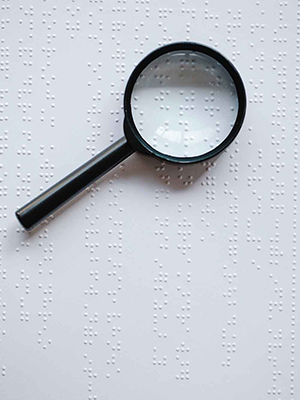
Encounter 3: The Bed Bugs that Didn’t Bite
Most people know that bed bugs are notorious in causing very itchy bites. They prey on human blood and leave red bite marks on those sleeping on infested mattresses. For bed bugs to survive and reach maturity, they require a blood source. For more information on bed bugs, check out our bed bugs page and previous blog interviewing Dr How Yee Fatt who provided us with insights on bed bugs. So is it possible for someone to sleep on an infested bed and not get bitten?
The PCOs at Killem once came across a client who claimed that he was never once bitten by the bed bugs that infested his mattress. After taking one look at the said mattress, the PCOs thought otherwise.
Killem were tasked to perform general pest control services and inspection of a dormitory unit for foreign workers.
The unit housed a few hundred people of different nationalities living under one roof, each with their own bed. Upon inspection of one of the beds, a PCO had found, what he believed were more than a hundred bed bugs all over the mattress. The person sleeping on the mattress was surprisingly also shocked at the revelation. The PCO began to question the person who slept on the bed, asking how he was able to sleep without being interrupted with bites or itches. The person simply replied that he was never once bitten by the bed bugs.
This brought about some discussions among the roommates and our PCOs as to how someone can be unbitten and oblivious to bed bugs of that quantity. After further research undertaken by Killem, it turns out that it is possible that someone shows no signs of bed bug bites. If the person bitten has no allergic reaction, it is still extremely unlikely that someone sharing a mattress with 100 other bed bugs is not bitten at all.
Strange as it may seem or sound, pest problems should not be underestimated or mistaken to be a minor issue. They are best solved in the form of prevention methods even before they take form to be much more serious. At Killem, we take our PCOs, clients and what they have to say, seriously, even if they sound rather peculiar.

Pest Problem? Let Us Help.
We offer fast and effective precision treatments to eliminate pests while ensuring a safe environment for your home or business.
Related Posts
Can Bed Bugs Cause Post Traumatic Stress Disorder?
Bed Bugs
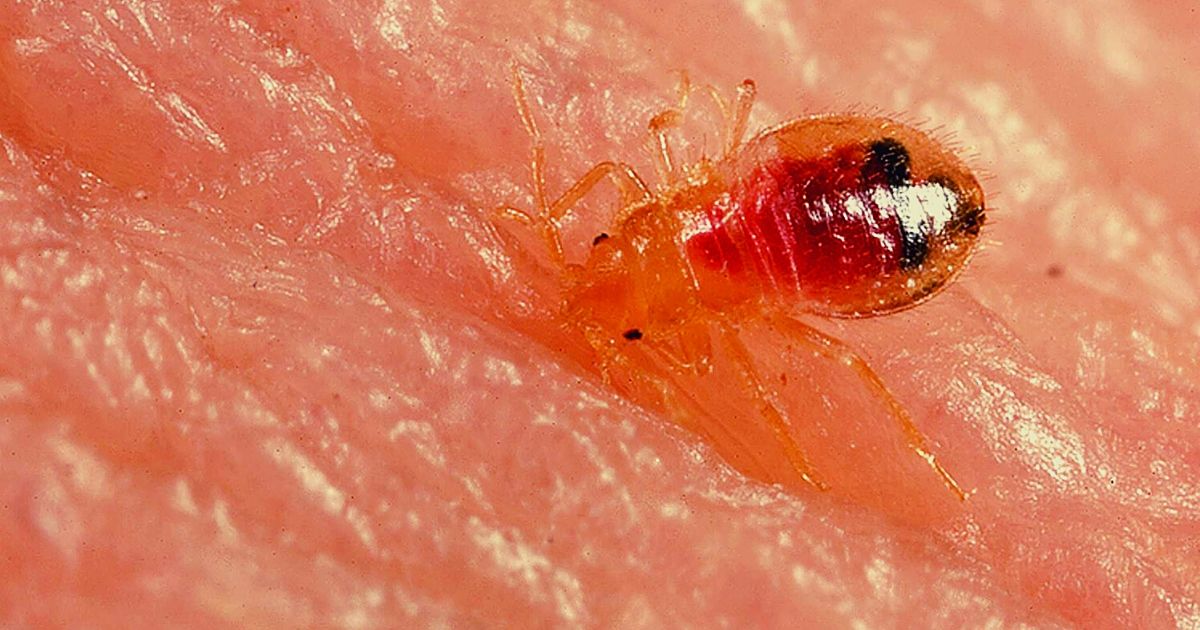
In one of our previous posts, “Killem Pest Profile Series: What You Need to Know About Bed Bugs”, we looked at bed bugs and how bed bug infestations can be treated. Did you know that bed bugs are capable of causing significant emotional and psychological harm to an individual? Read on to find out more.
What are Bed Bugs?
Bed bugs are an extremely common pest that often infests places where many people come into contact with each other.
They are known for roosting in the beds of homes, hotels, motels, hostels, cruise ships, and many other places, though they will often also live in other furniture and the walls.
They are small, brown, oval-shaped, and recognizable because of the sweet yet musty odor they produce. Full-grown males are larger than females, and range from 2.5mm to 4.5mm long. Humans frequently develop rashes from their bites, which can lead to greater problems like skin infections.
Bed bugs are parasitic and will feed on the blood of any animals they come in contact with. They are notoriously difficult to eliminate, and it is recommended that anyone facing an infestation call an exterminator to remove them all.
What is PTSD?
PTSD is the abbreviation for Post-Traumatic Stress Disorder, a mental health condition that a person develops after a traumatic incident or event. Some of the symptoms include severe anxiety, nightmares, lashing out at others when stressed, excessive anger, or uncontrollable thoughts about the person’s source of stress.
One of the most common examples of PTSD is demonstrated by soldiers who returned home from catastrophic wars like WWII. Because of their constant stress and the terrifying nature of the events, many soldiers would suffer flashbacks or panic when they heard something that sounded like gunfire. For example, some former soldiers would tackle their family members and try to protect them because they heard popcorn popping and thought it was shellfire.
Want to find out more about bed bugs removal in Singapore?
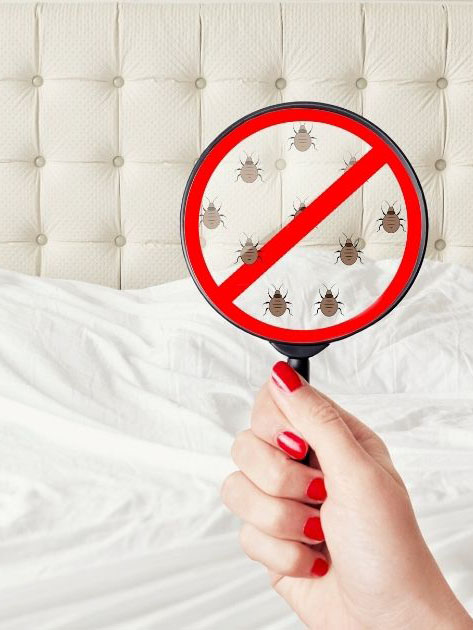
How are PTSD and Bed Bugs Related?
So, how is it possible for bed bugs and PTSD to be related? According to a recent psychological study, people dealing with bed bug infestations reported similar symptoms to people with PTSD. People reported severe anxiety, traumatic flashbacks to finding the bugs in their homes, and fitful slumber often characterized by nightmares.
The mental health of the people faced with bed bugs was unknown prior to the infestation, but up to 81% in one study experienced similar symptoms to PTSD sufferers.
Can having bed bugs cause PTSD after they are gone?
Have you managed to get rid of the bed bugs? Though that is very good, it does not necessarily mean that you cannot experience PTSD after the bed bugs have left. Having a bed bug infestation can be a traumatizing experience with a long-lasting impact on you and your family. It can keep bringing up anxious feelings. Getting the right support is key to overcoming PTSD resulting from bed bug infestations, even after the bed bugs have gone.
How do you get over bed bug PTSD?
There are a few options available to get over bed bug PTSD, but the three greatest ones are:
- Therapy
- Educating oneself about bed bugs and realizing it does not mean a person is dirty
- Regular pest control checkups to ensure they don’t return
The first option may seem obvious but is helpful. Speaking to a therapist helps people feel calmer and express their anxiety to a neutral outlet without fear of judgement. Proper education is related to this first option.
The more people learn about bed bugs, the more they realize that the pests didn’t invade their home because a person is dirty.
Instead, bed bugs are extremely common in cities and have been on the rise in recent decades due to the ease of travel.
Pro Tip: Have regular inspections to reduce the stress and anxiety related to bed bug infestation.
Possible causes of bed-bug induced PTSD
One of the biggest causes of bed bug-induced PTSD is the lack of peace of mind. By having regular, thorough inspections, a person is able to see that there are no hidden bed bugs in their home and can start working on their symptoms of anxiety. It is recommended that people pursue this option in addition to counselling to help treat their nerves. Either way, there are many things a person can do to help them cope with bed bug-induced PTSD.
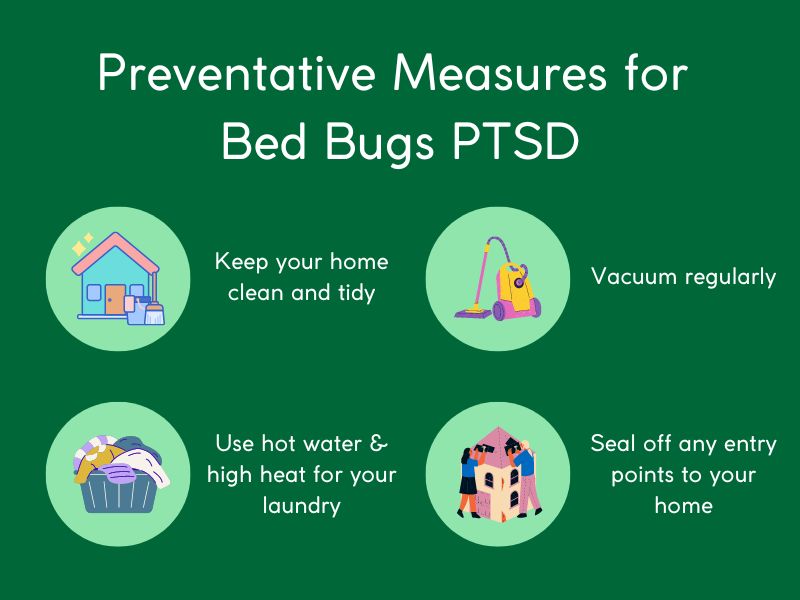
Preventative measures to deal with bed bugs PTSD
As we now know, bed bug infestations can have a huge impact on people, leaving a trail of traumatic memories for some. To prevent having to deal with bed bug-induced PTSD the best thing to do is to take preventative steps to reduce the risk of a bed bug infestation.
- Keep your home clean and tidy
- Vacuum regularly
- Wash bedding and clothing in hot water
- Dry bedding and clothing on high heat
- Seal off any possible entry points to your home
These measures will help give you peace of mind and a nice home to live in, bed bug-free.
If you are traveling, though, you need to pay extra attention. Bed bugs are unwanted visitors in many hotels. To reduce the risk of bed bug exposure, inspect your room thoroughly, especially in and around the bedding, for any noticeable signs of bed bugs.

Pest Problem? Let Us Help.
We offer fast and effective precision treatments to eliminate pests while ensuring a safe environment for your home or business.
Conclusion
People who have experienced bed bug infestations in Singapore can contact Killem Pest, as we offer professional bed bug control in Singapore and can schedule regular inspections for you.
Frequently Asked Questions
Bed bugs can be mentally harmful as they can lead to depression, PTSD, obsessive behavior, insomnia, and anxiety.
Naturally, people affected by bed bug infestations can feel nervous and paranoid, or have nightmares and flashbacks of the infestation. But don’t feel desperate as there are strategies that can help you overcome these symptoms.
To get over bed bug trauma it is important to talk to the therapist and learn emotion-focused coping strategies. Regular pest control inspections can also provide benefits and support your recovery.

